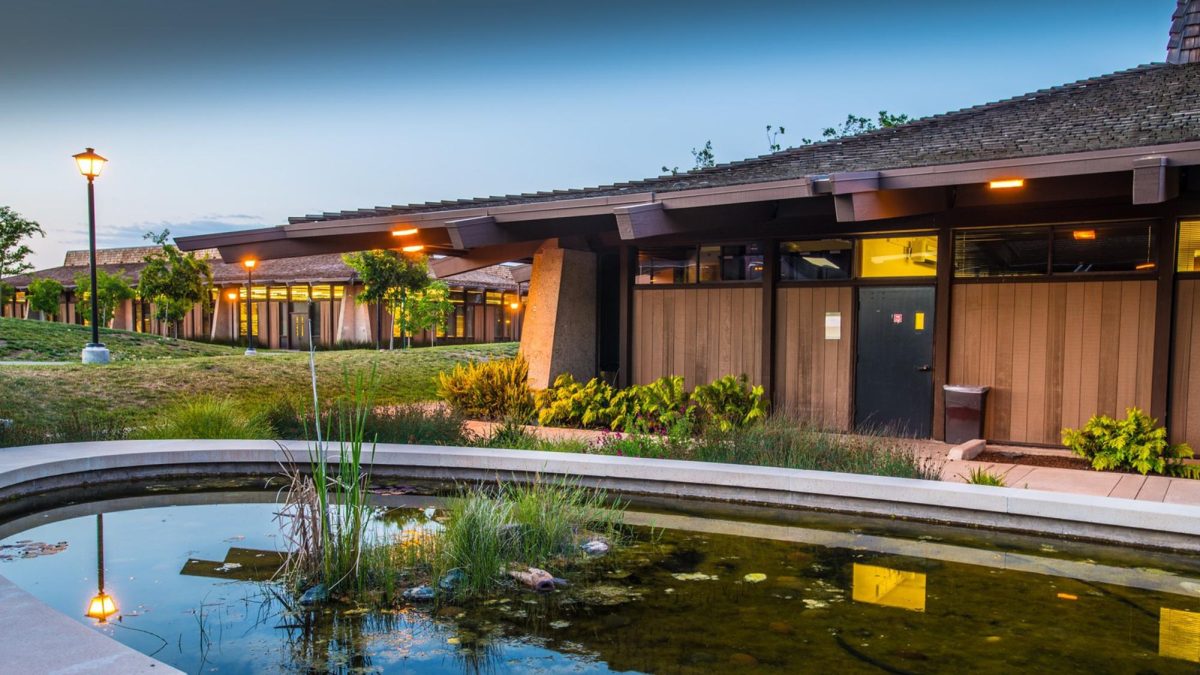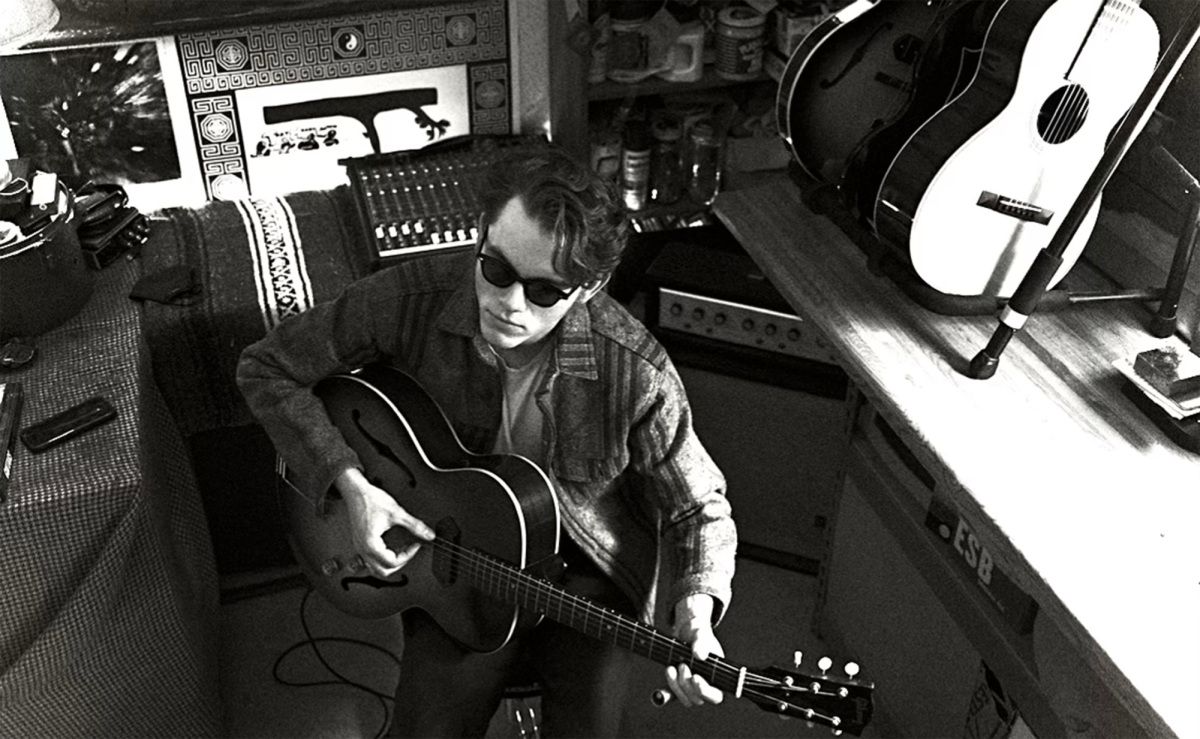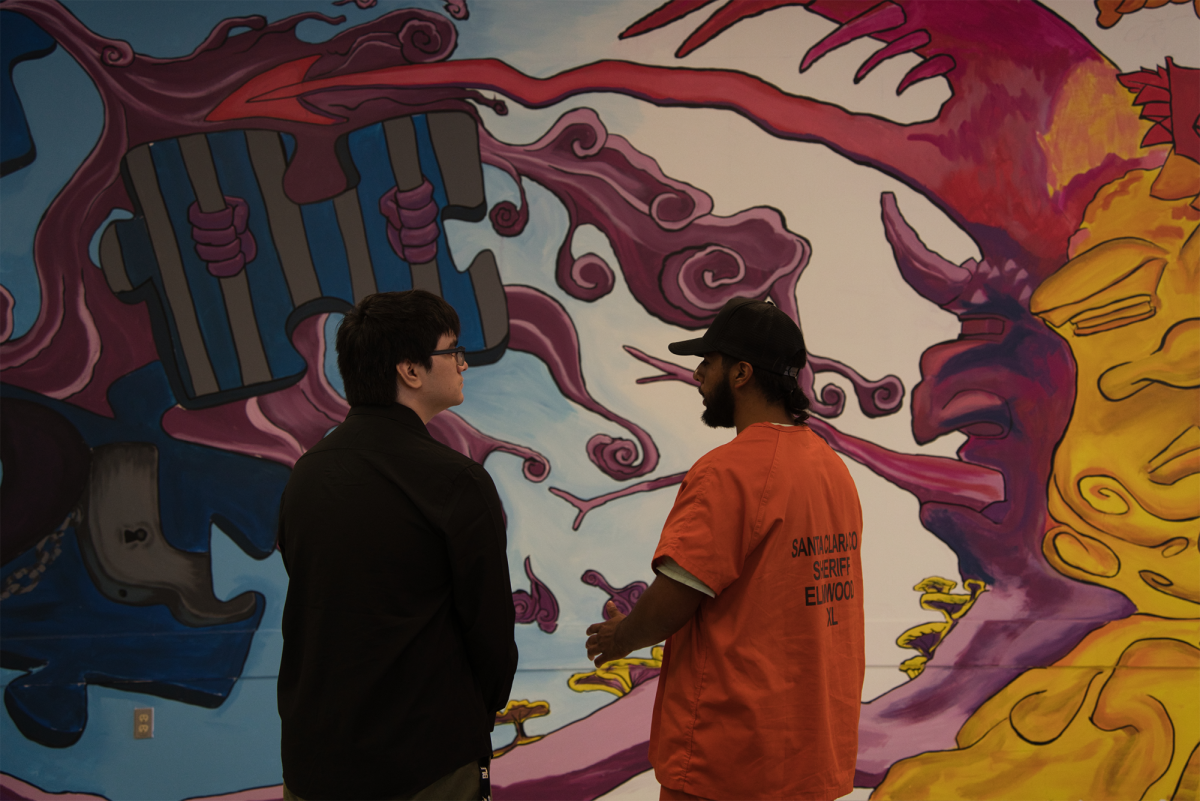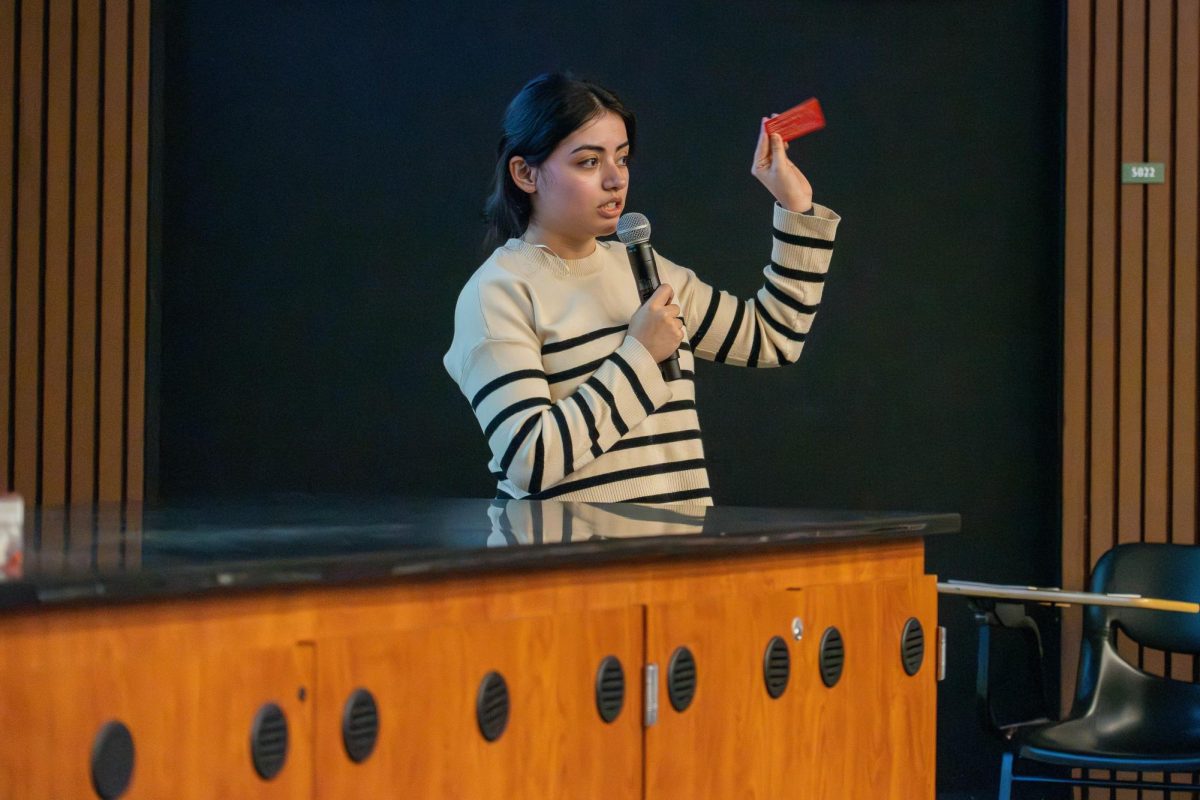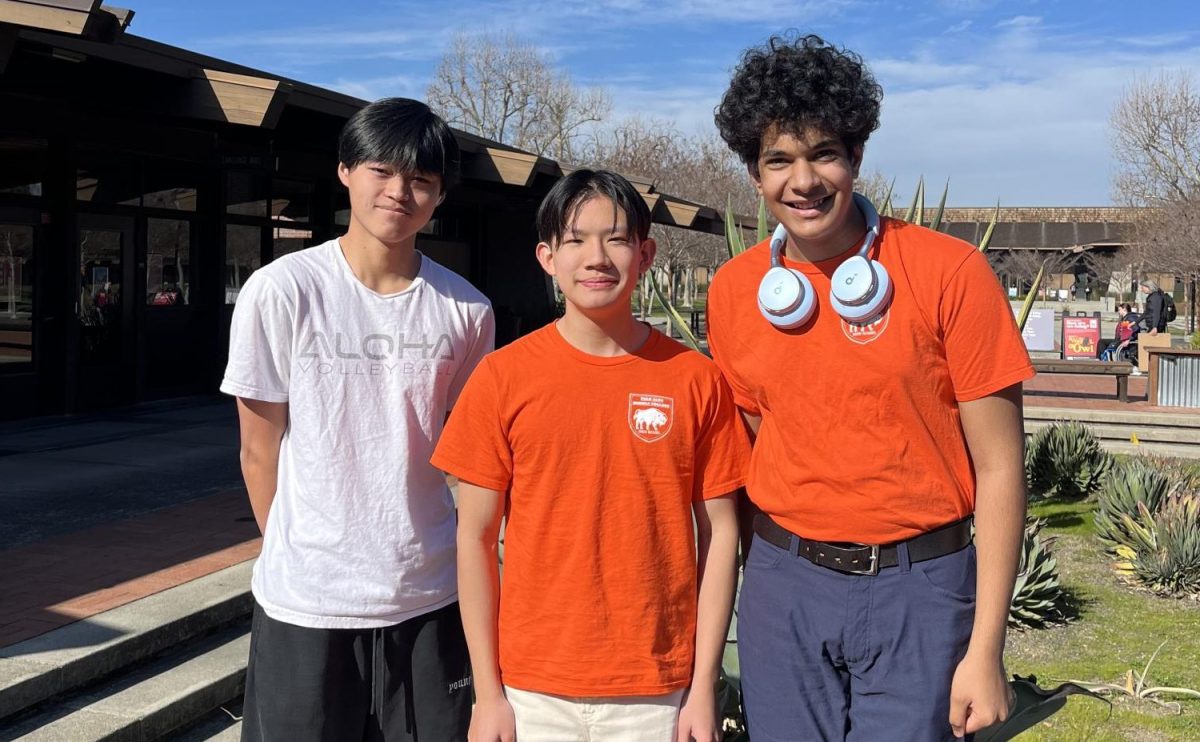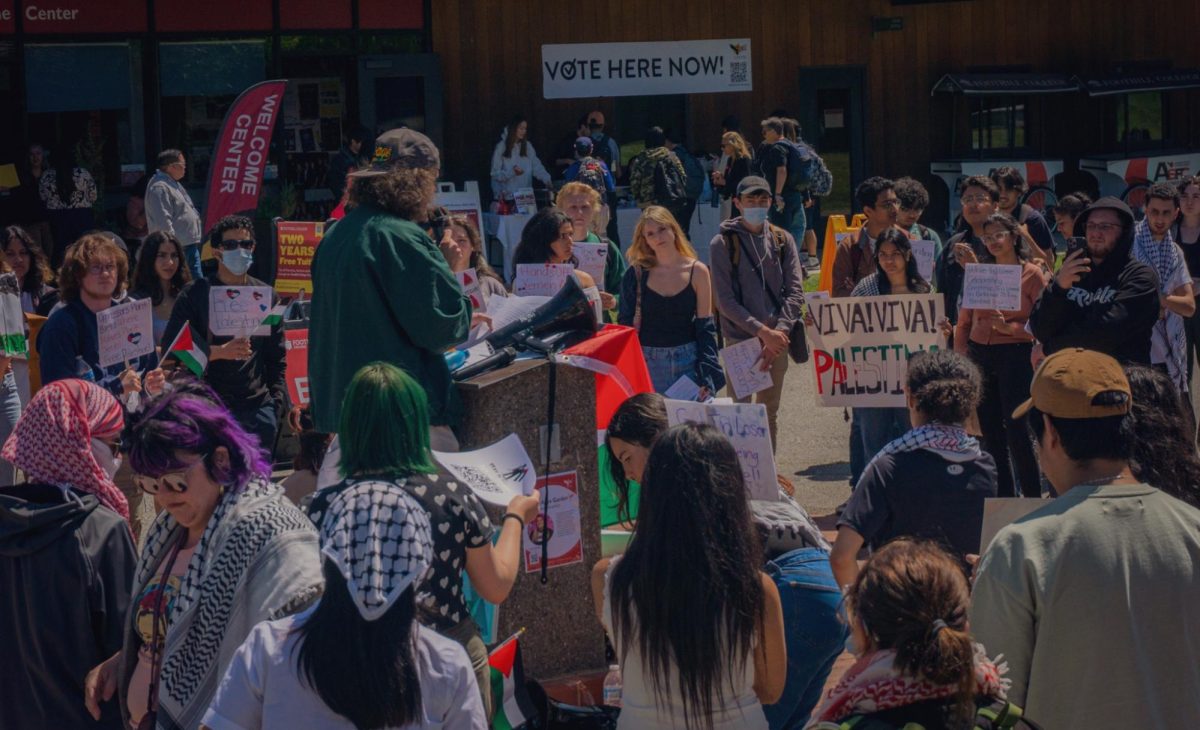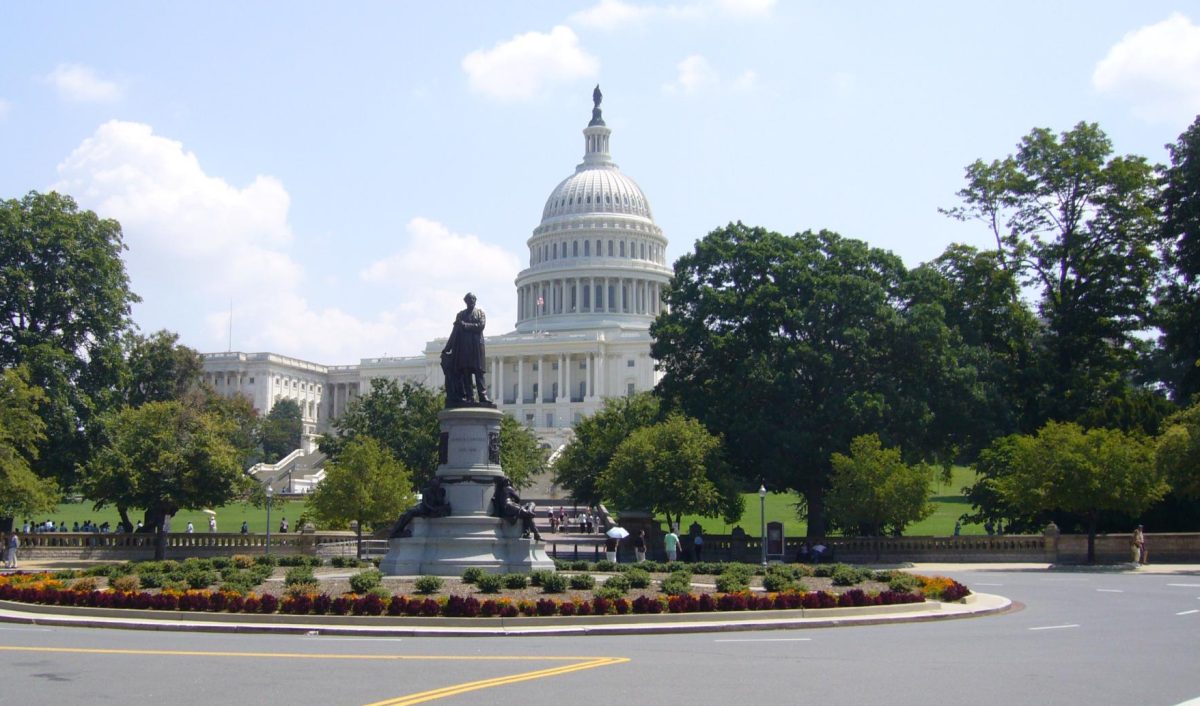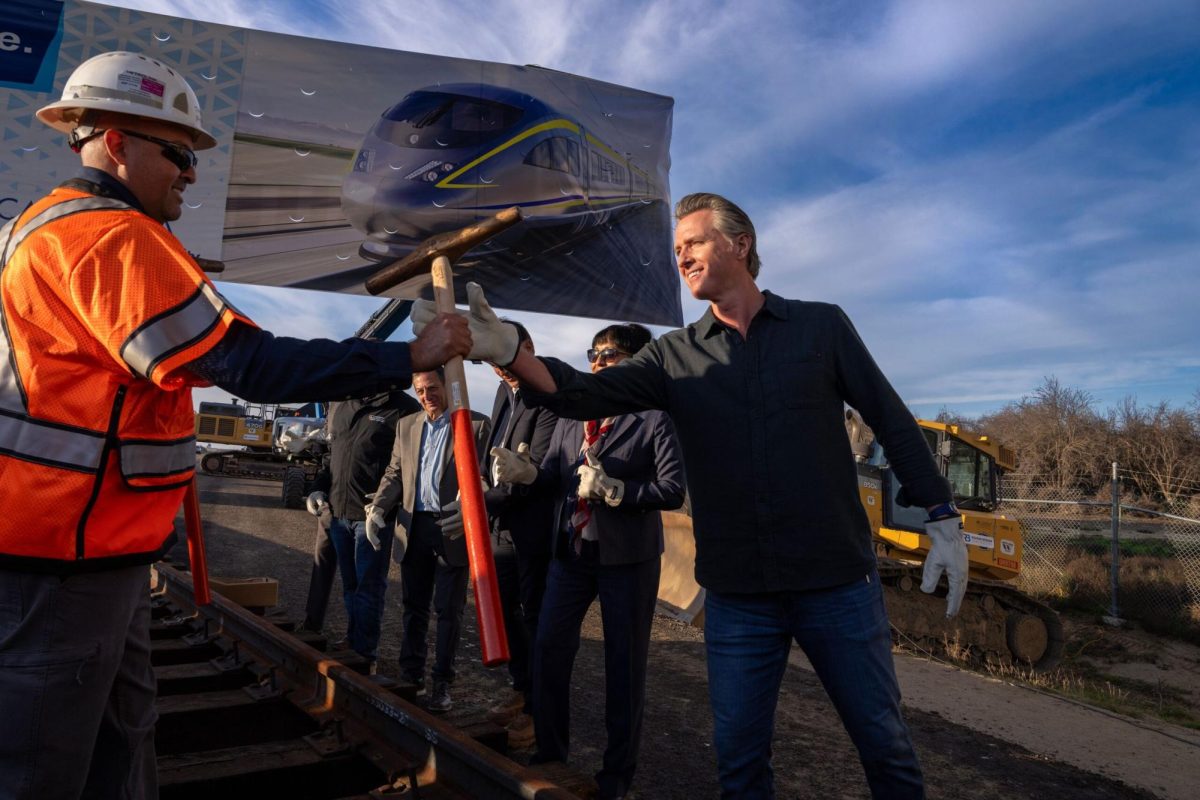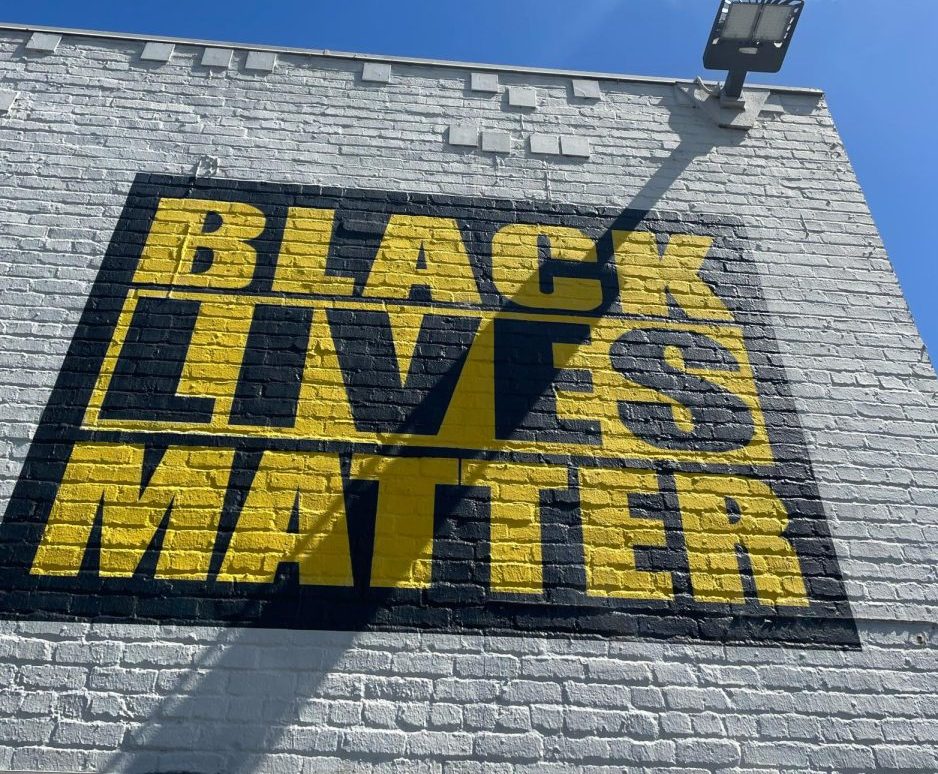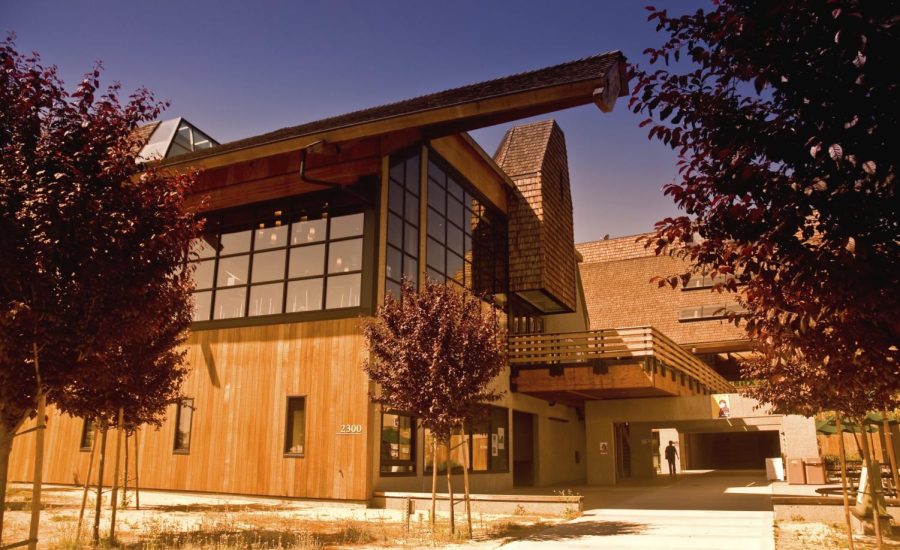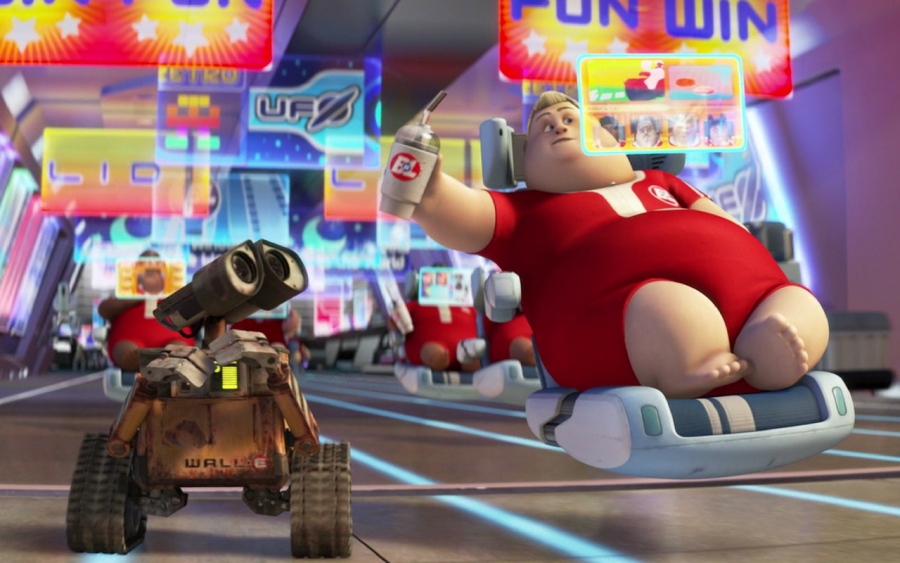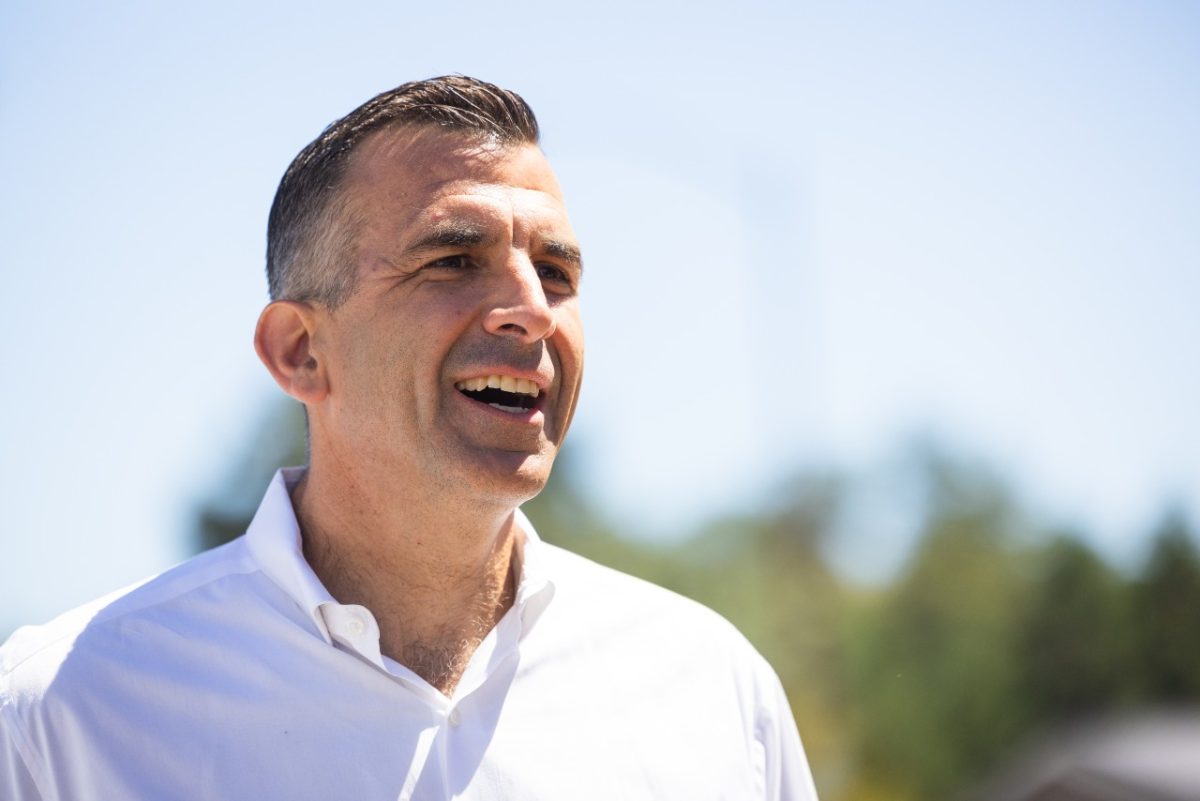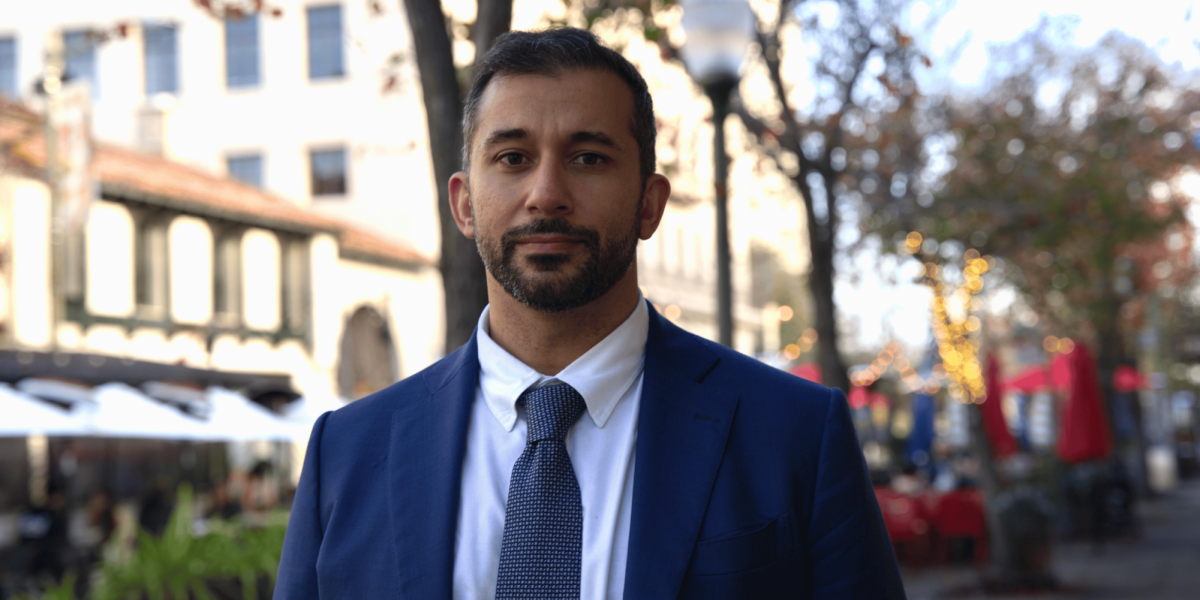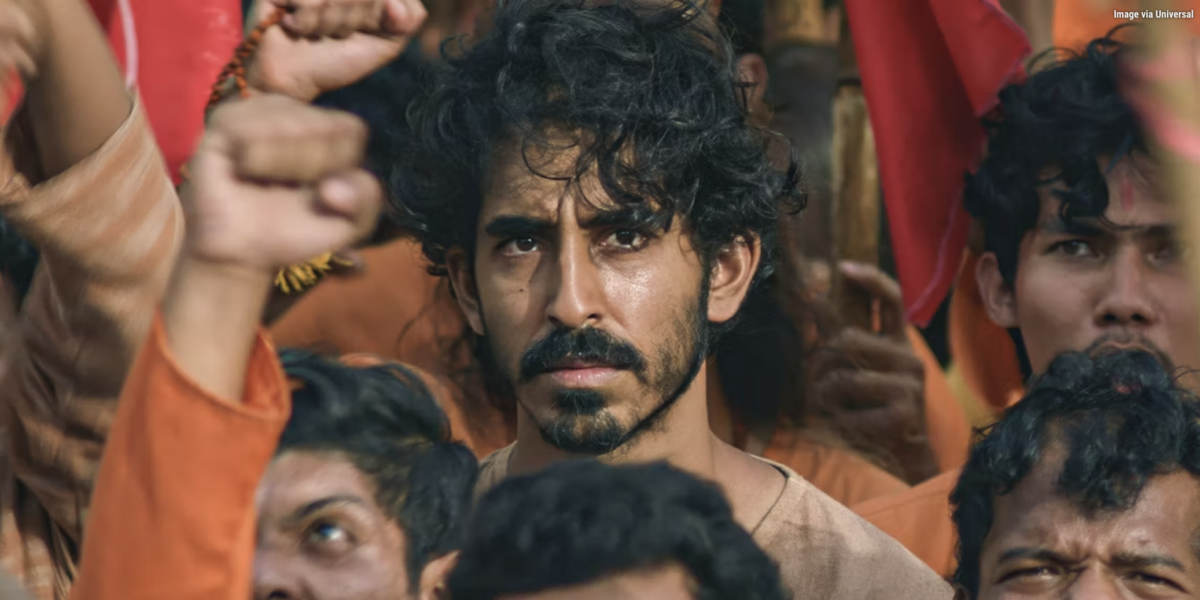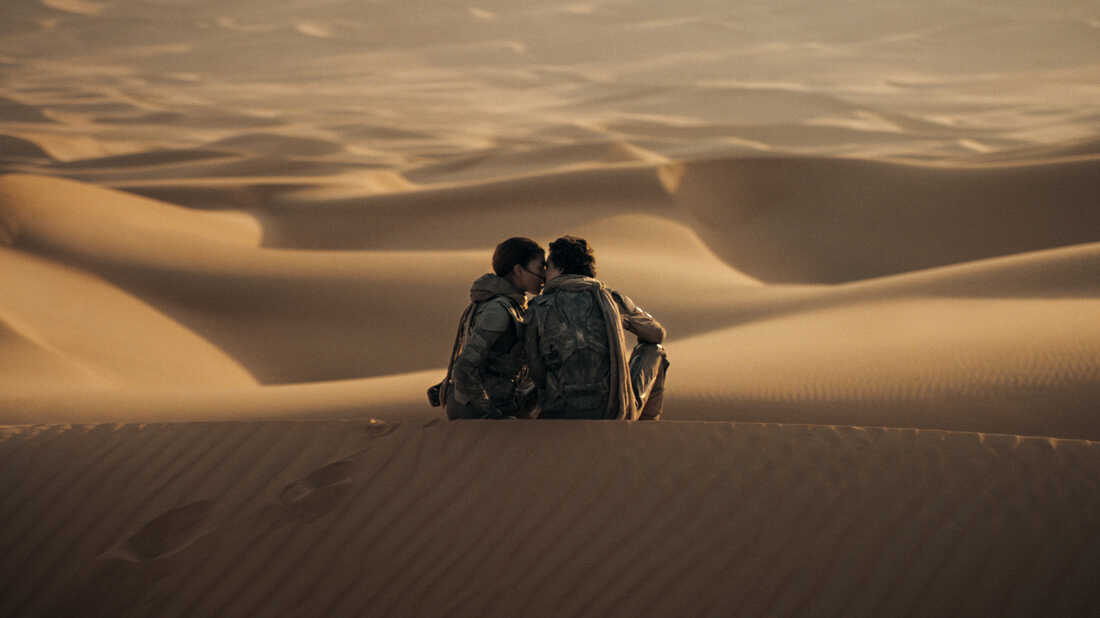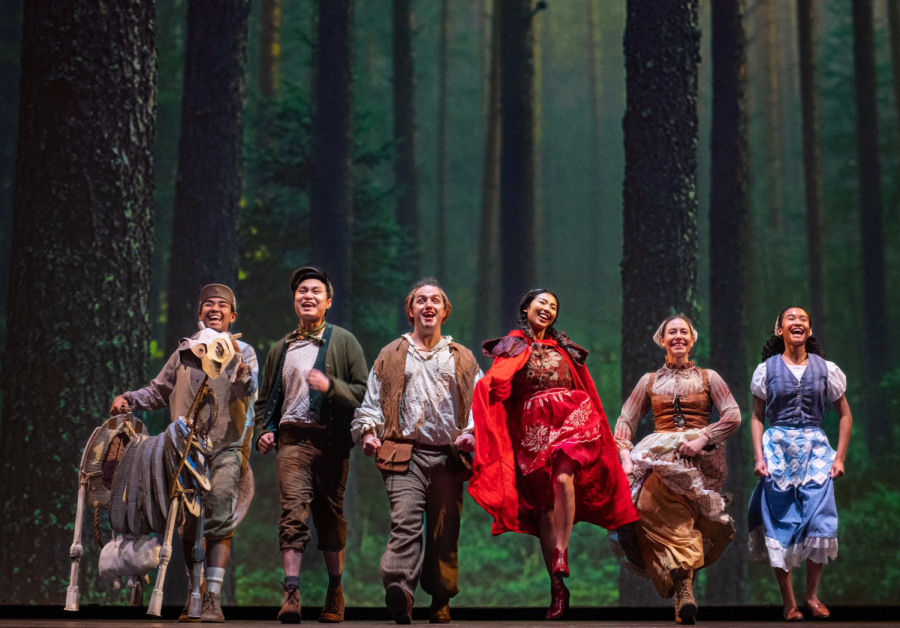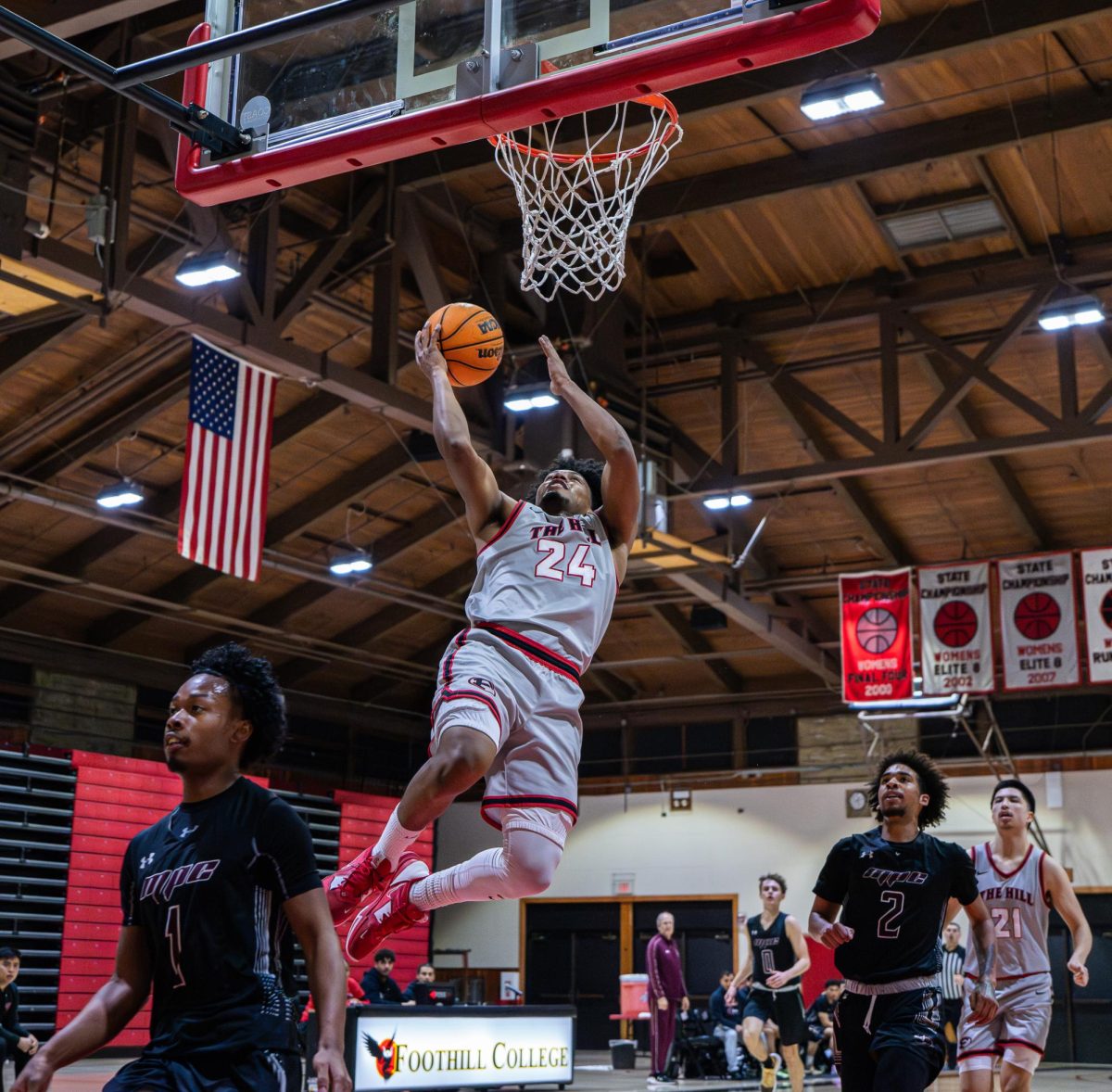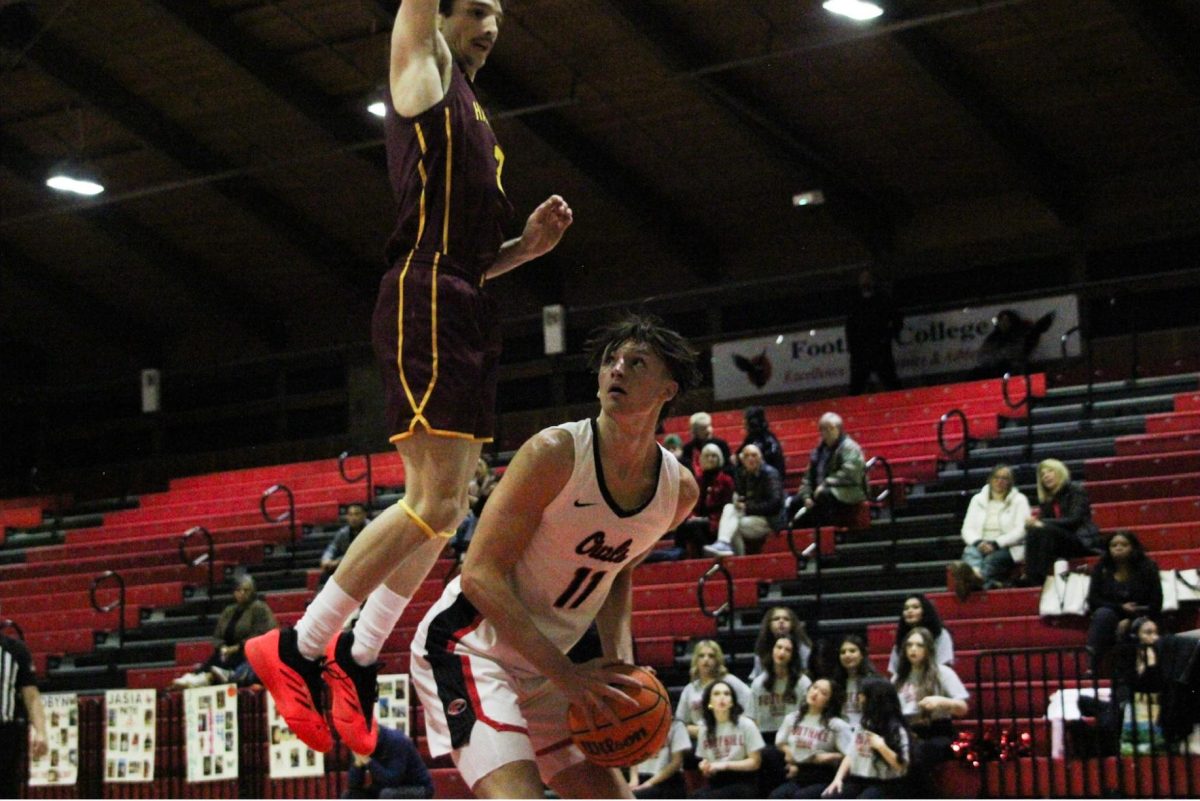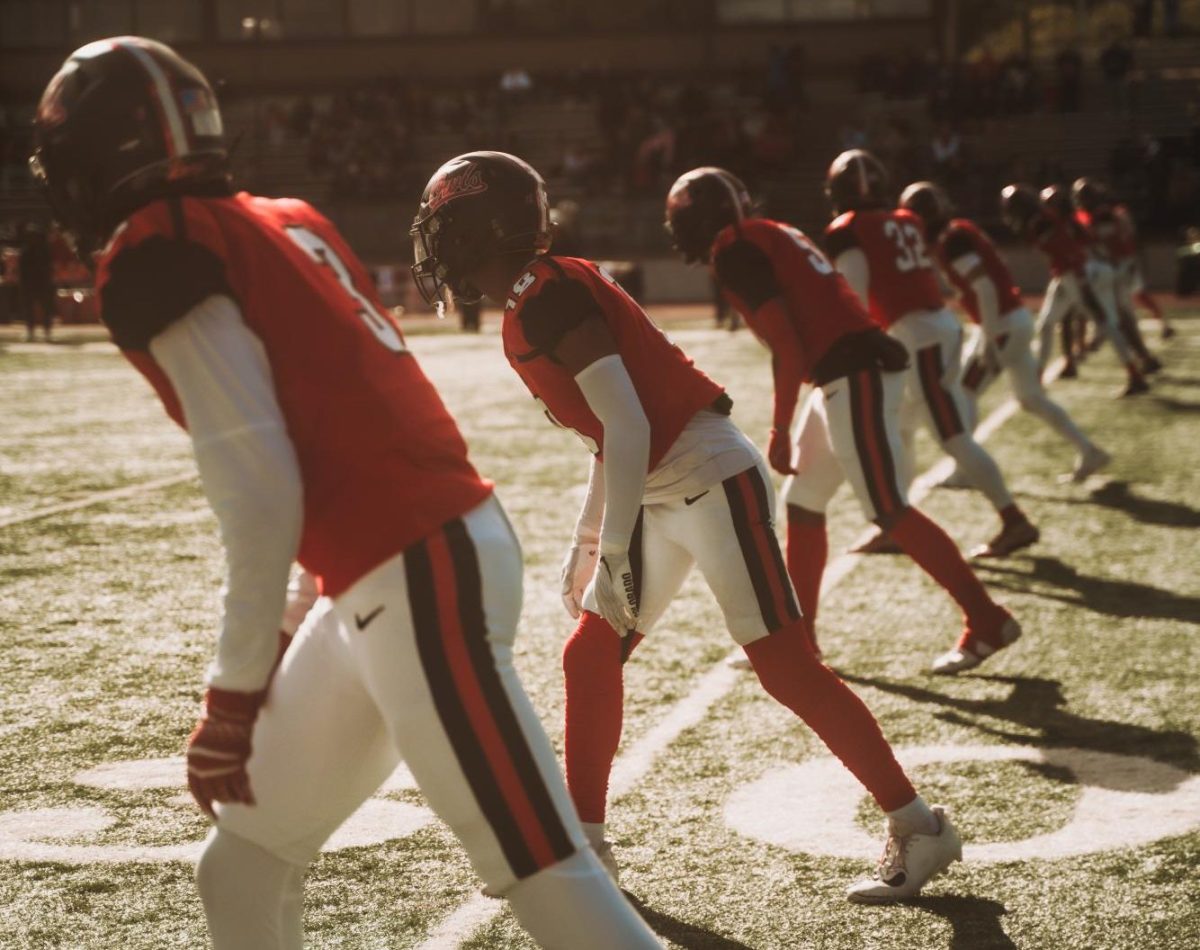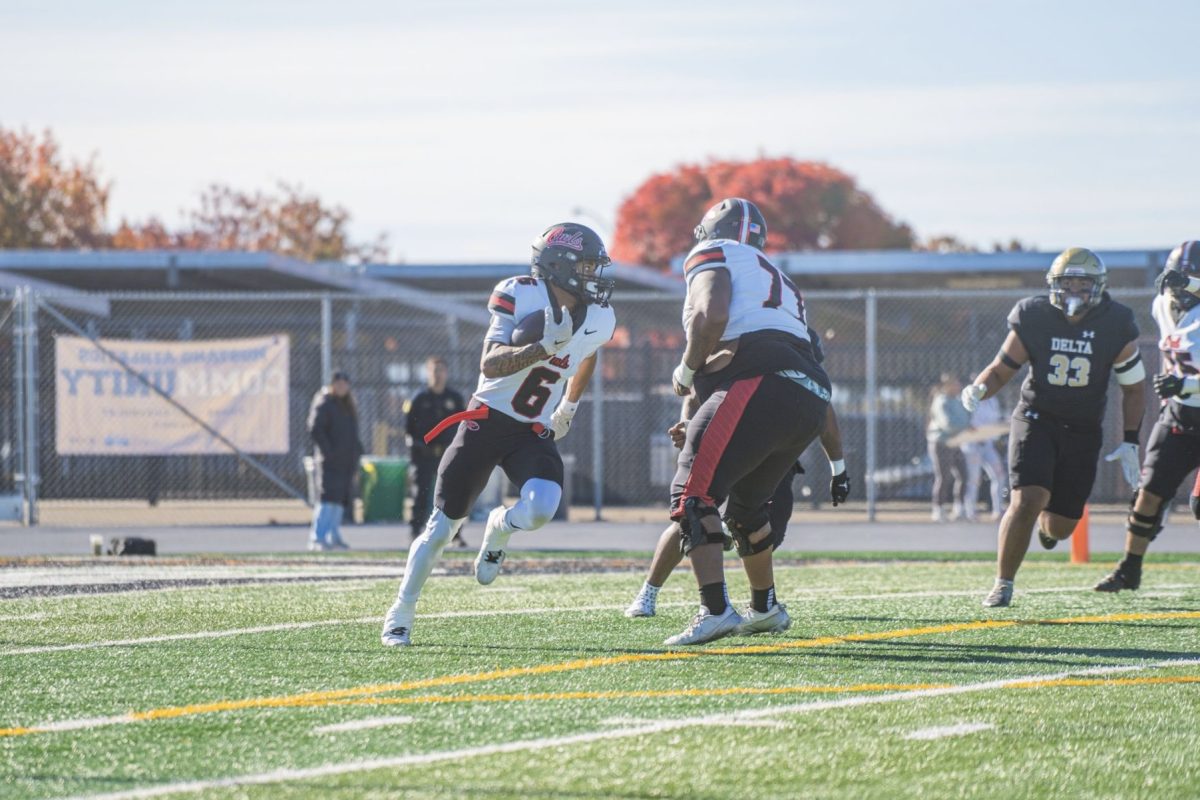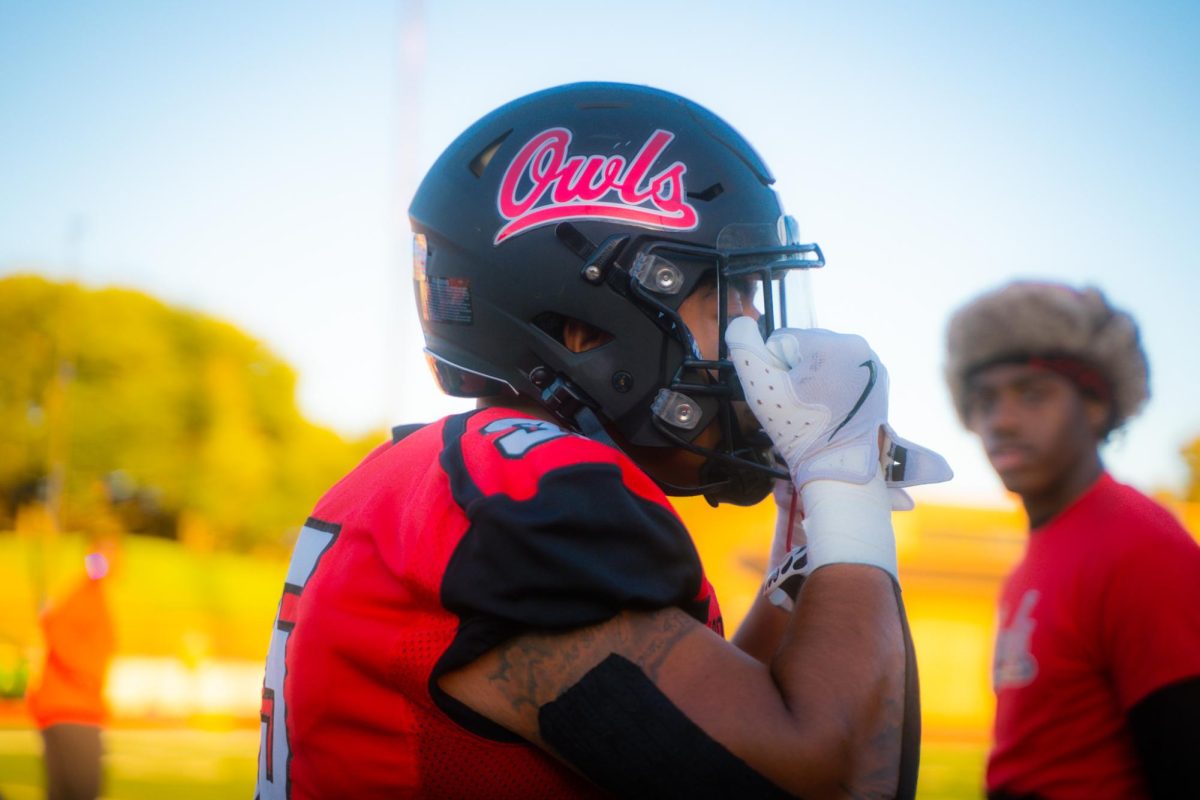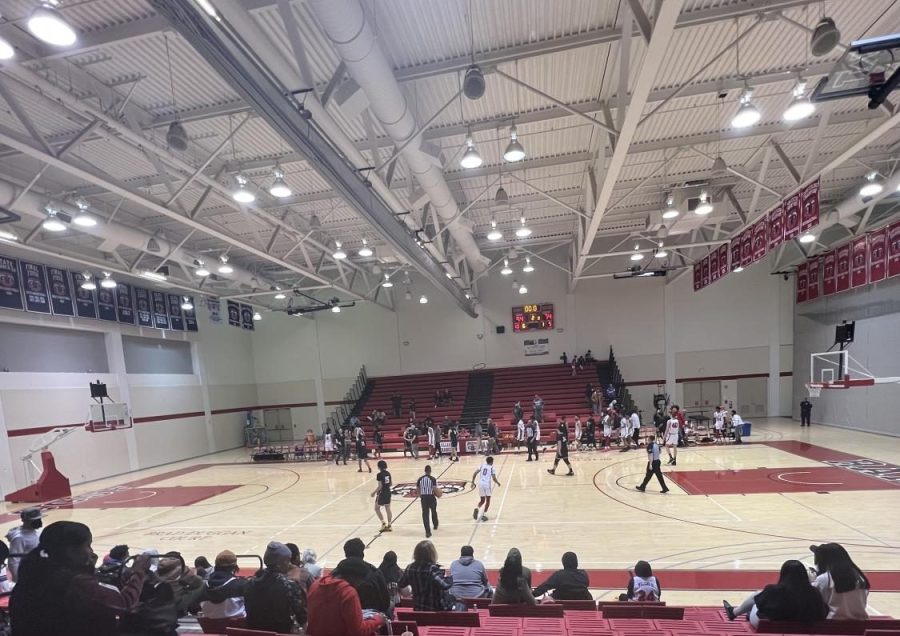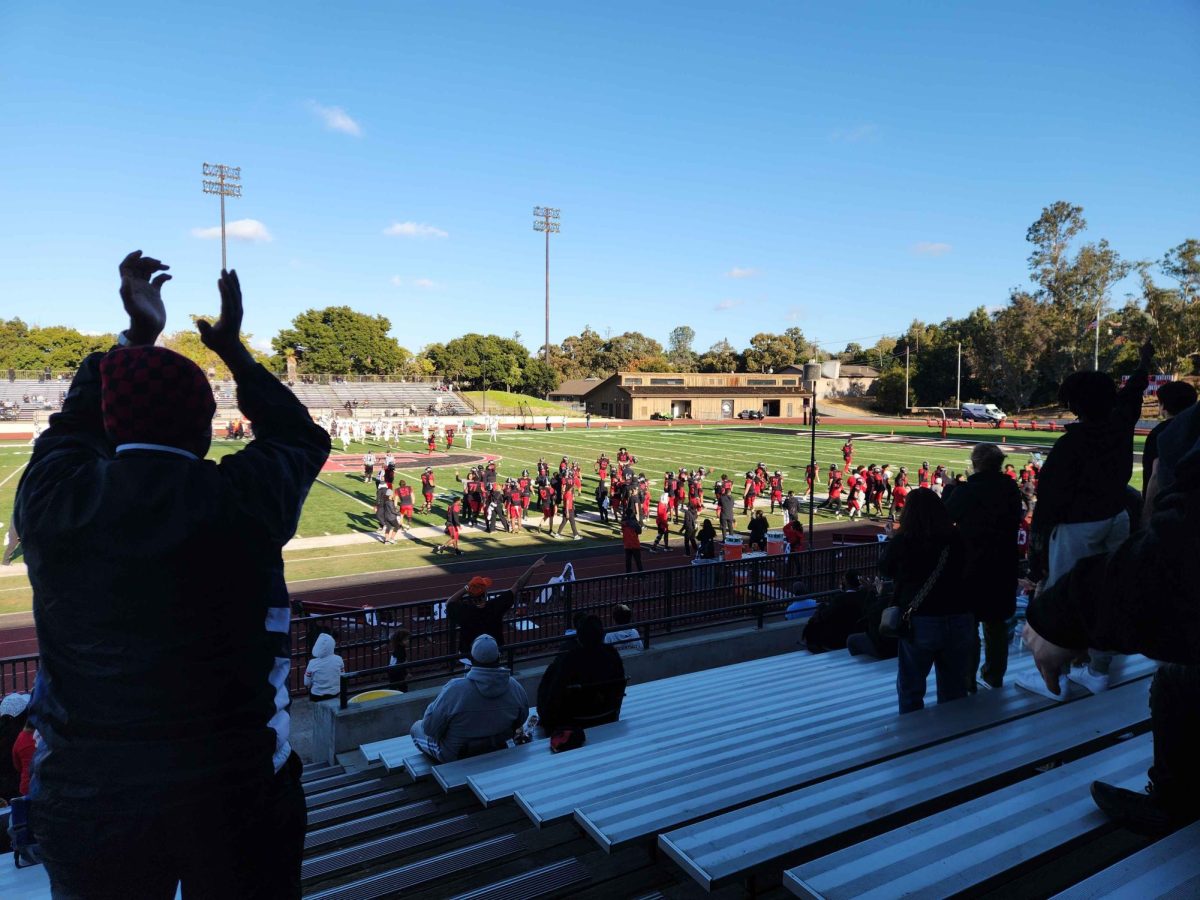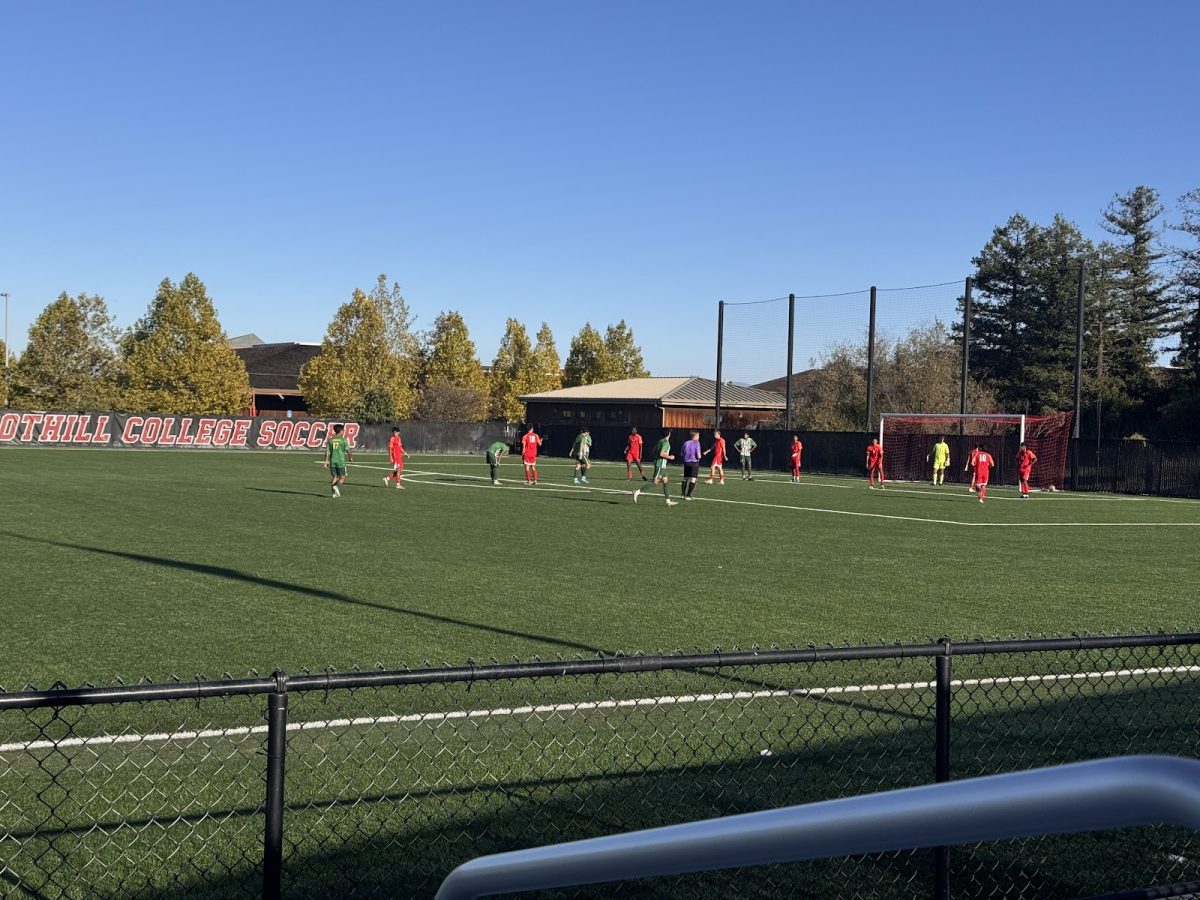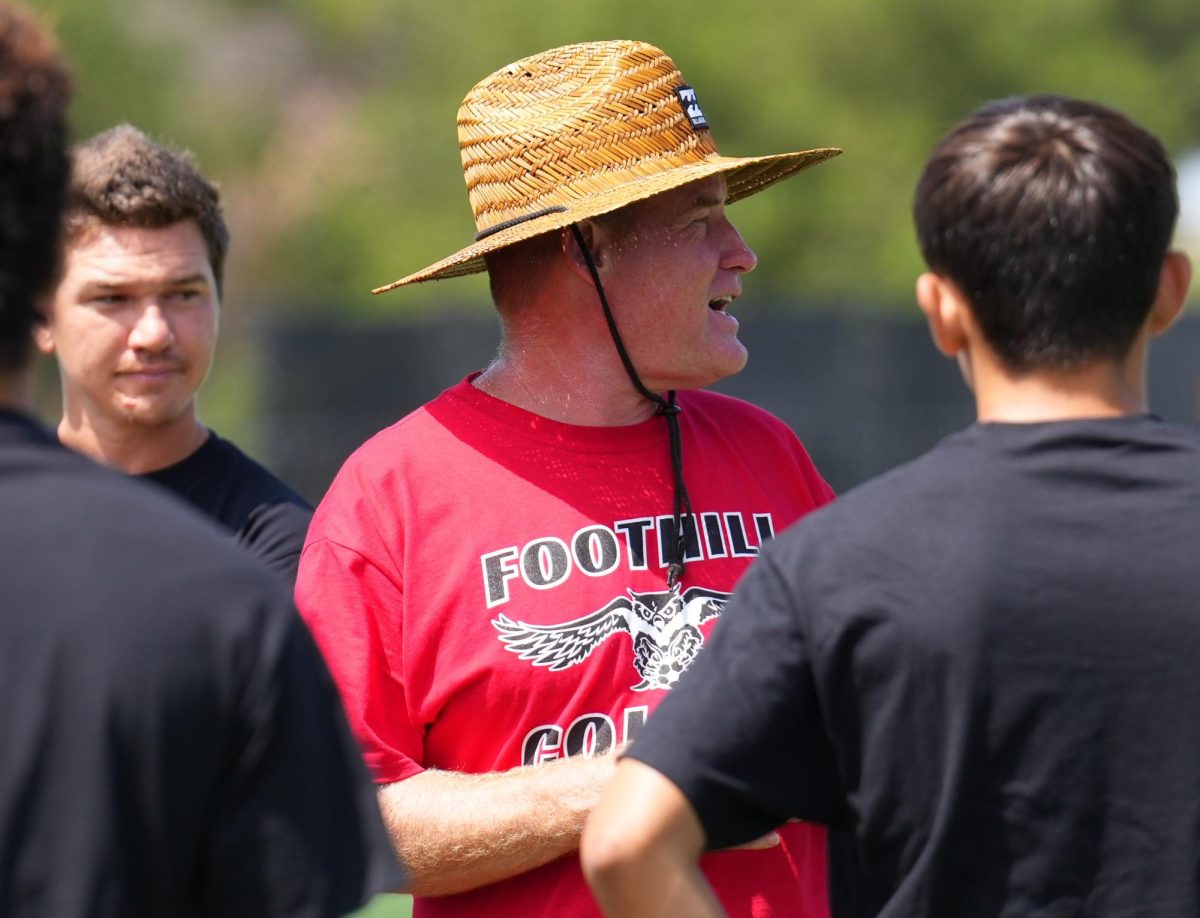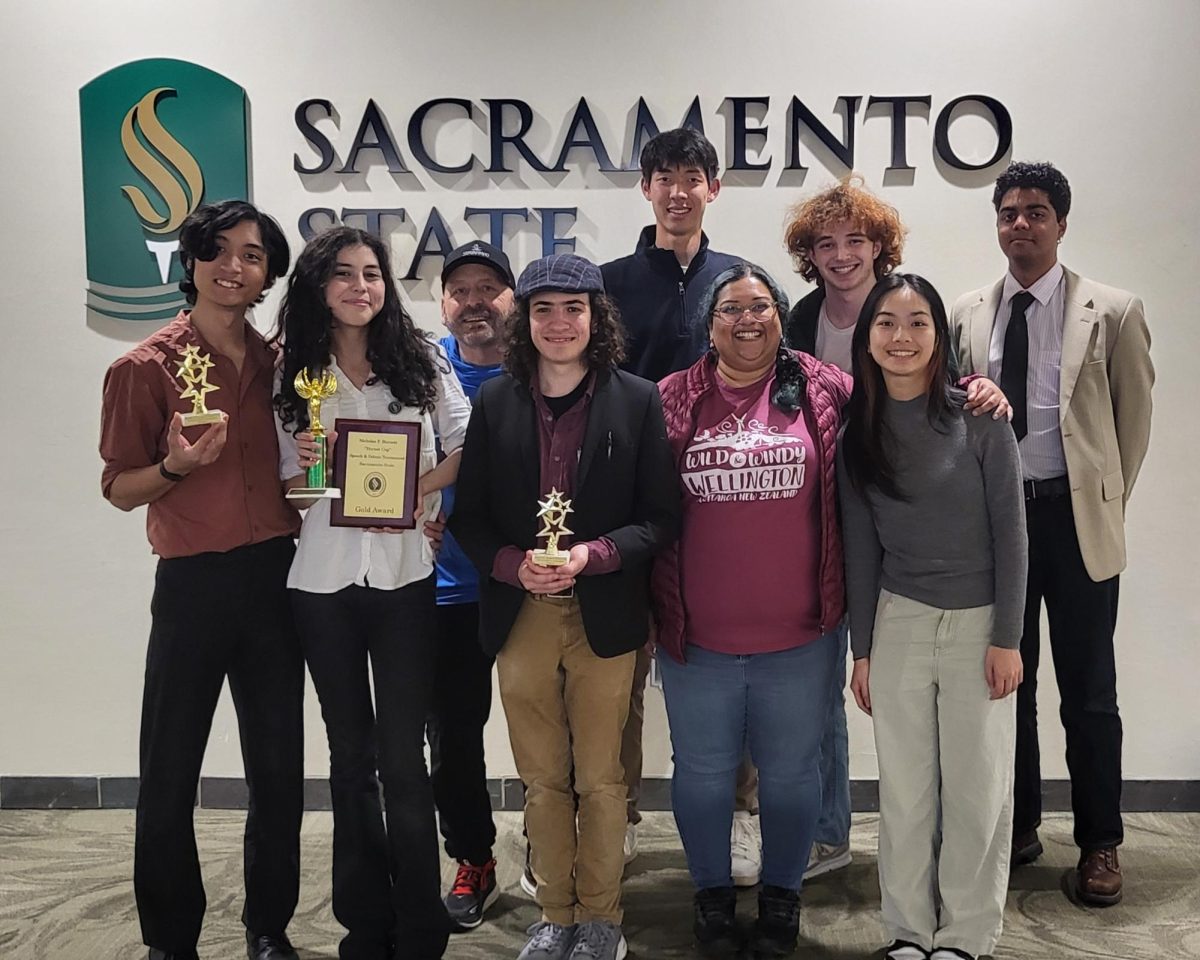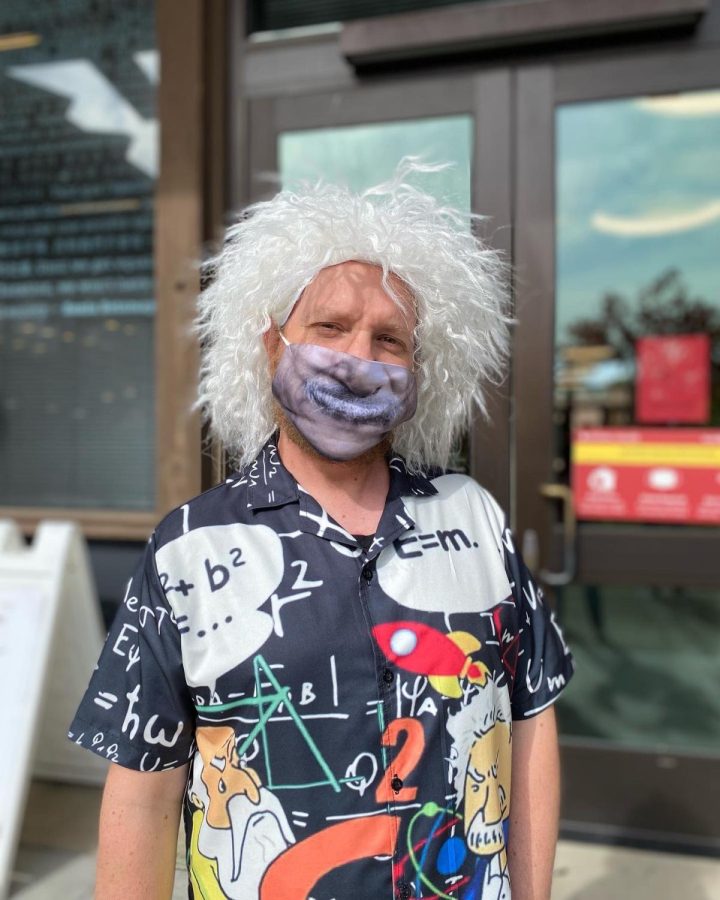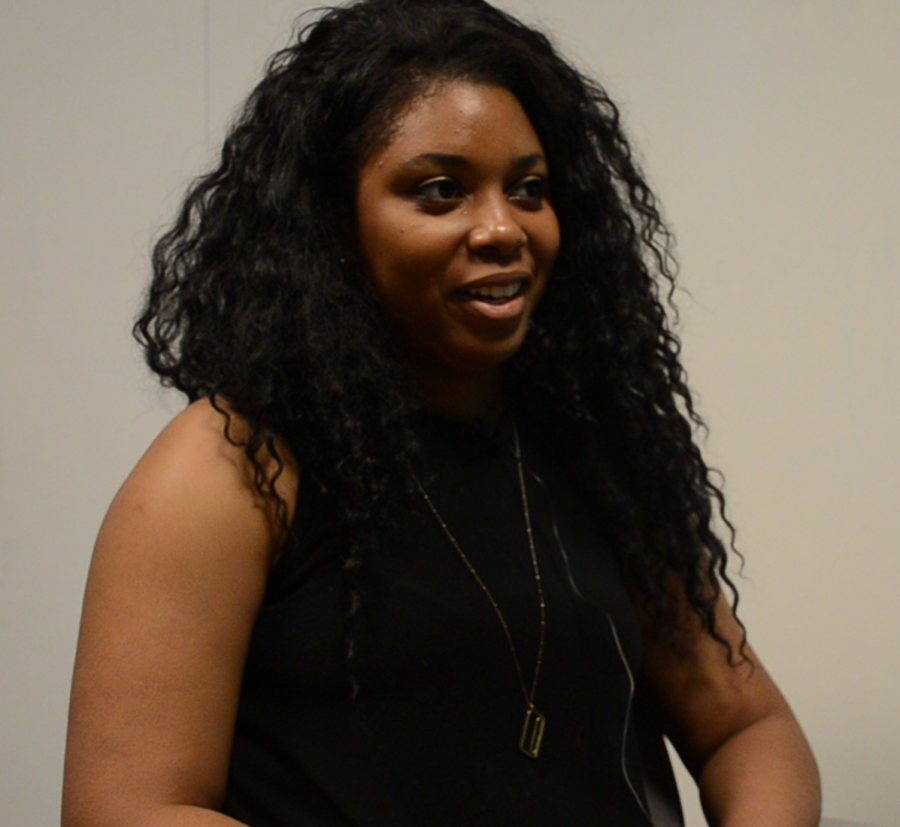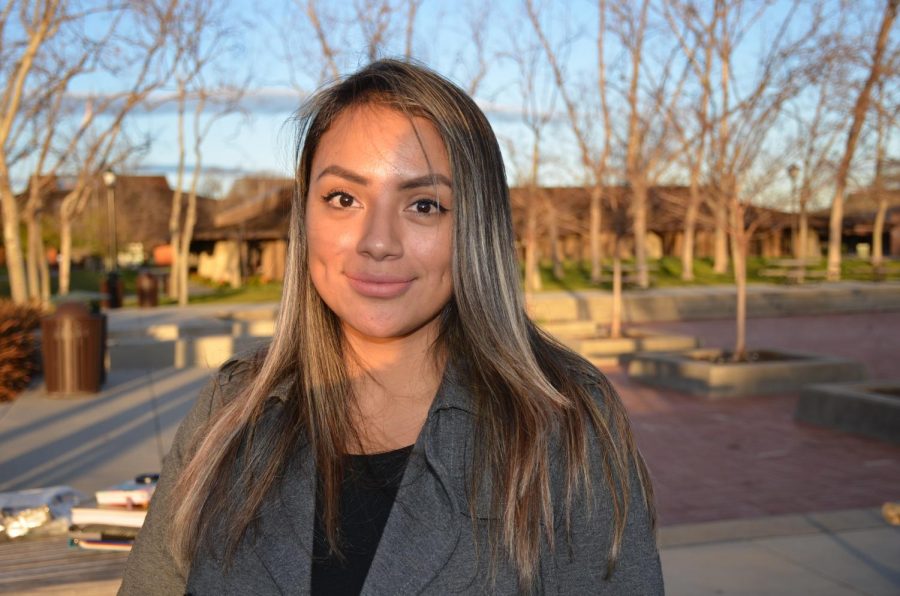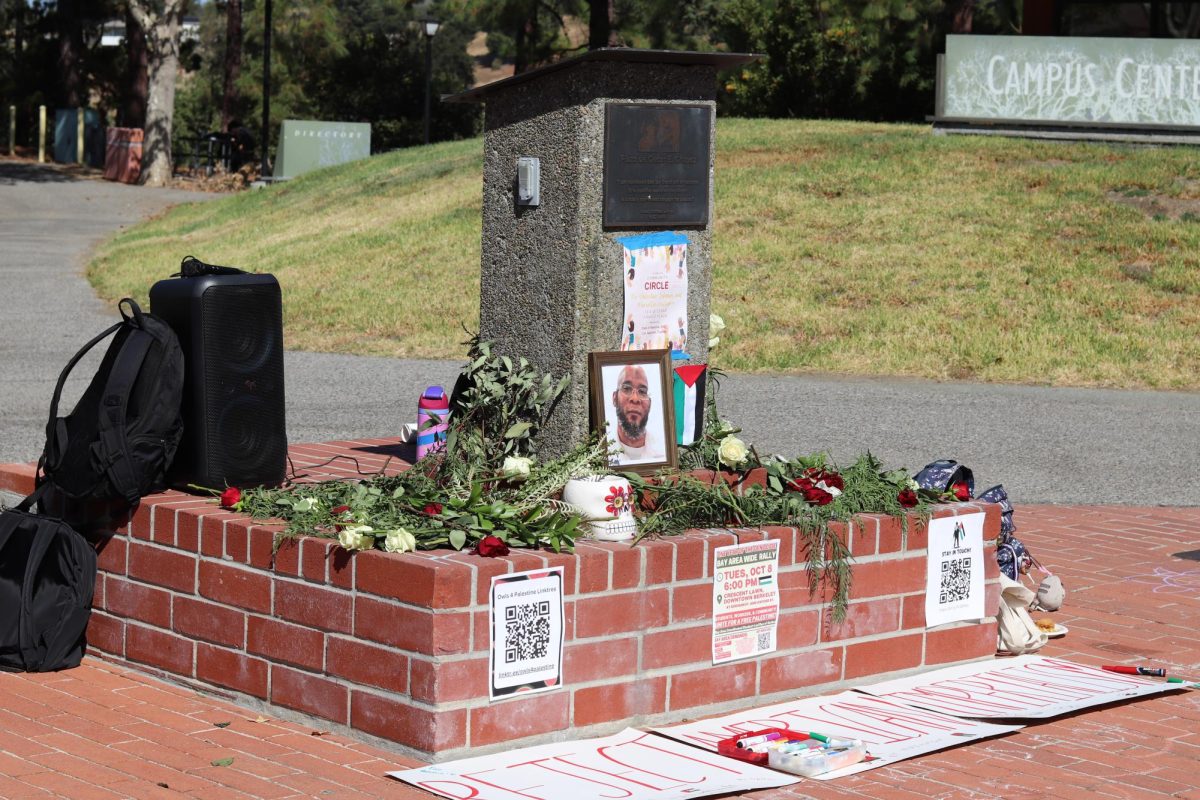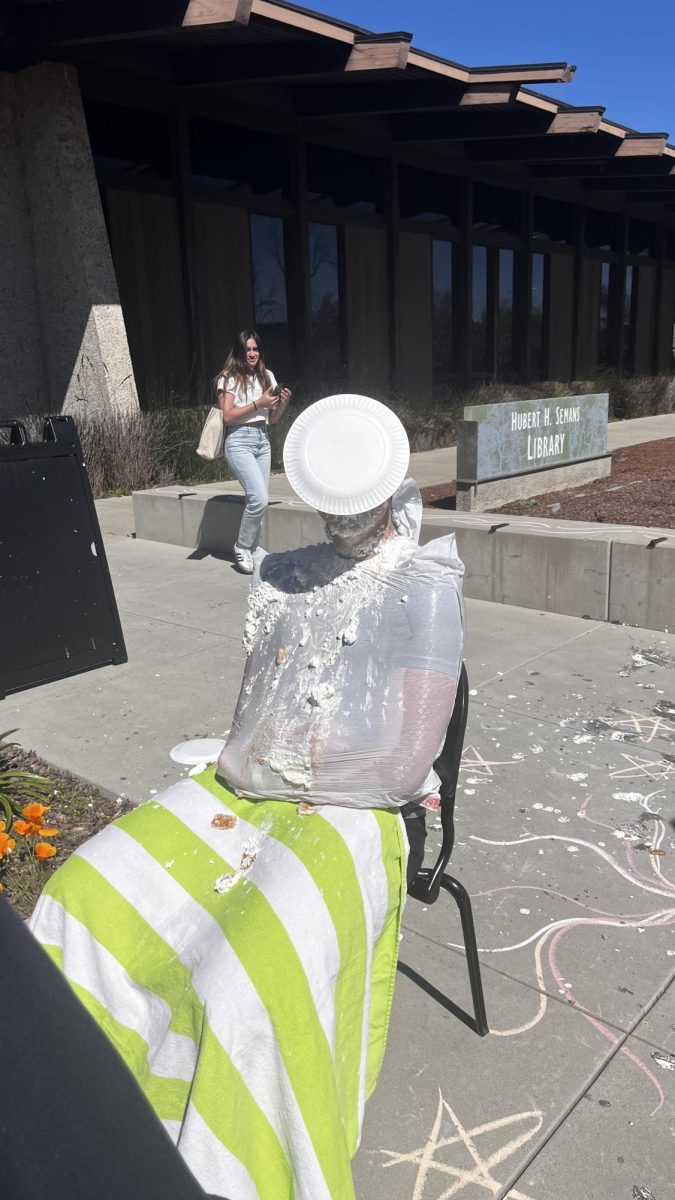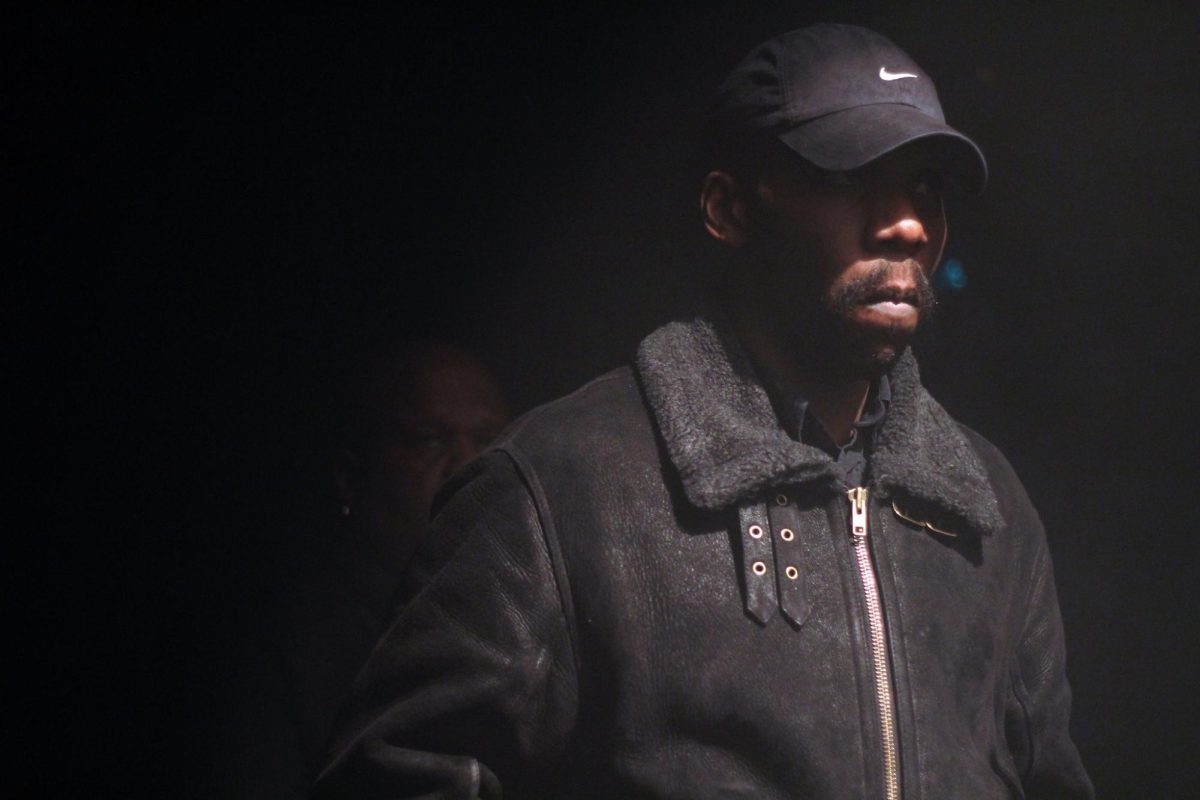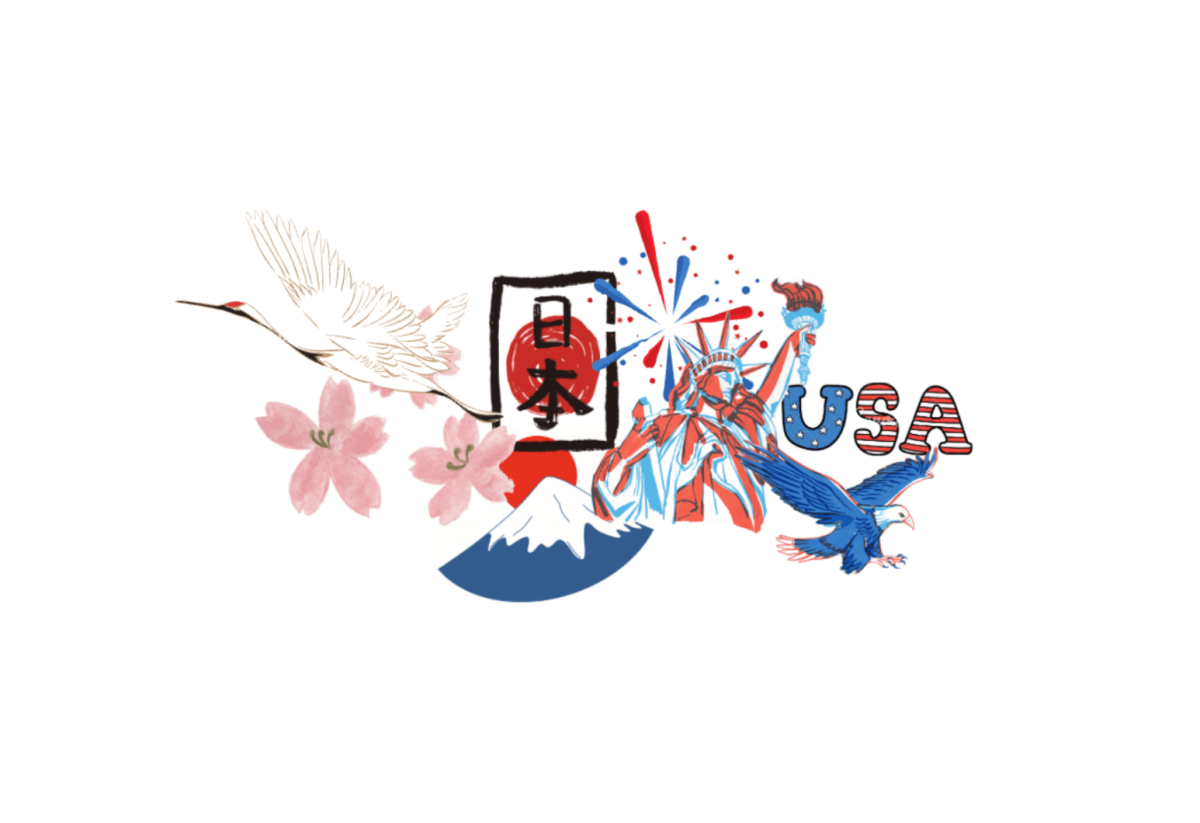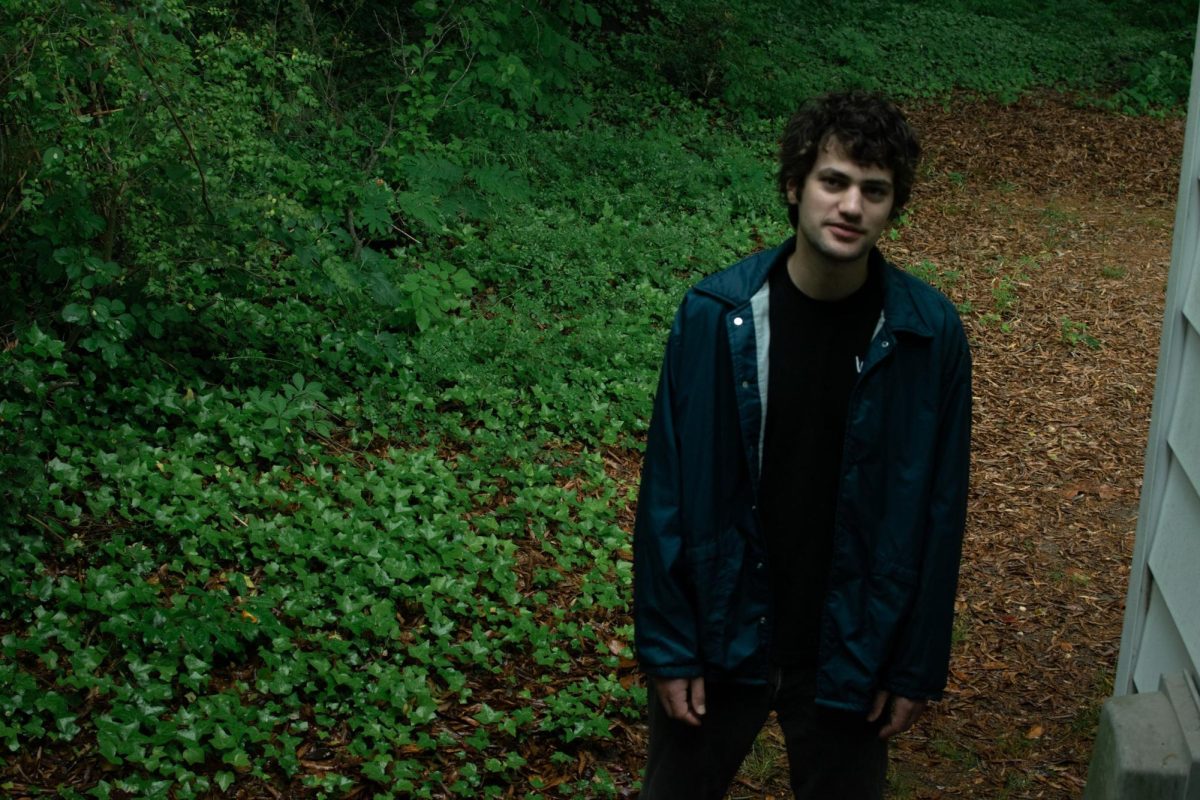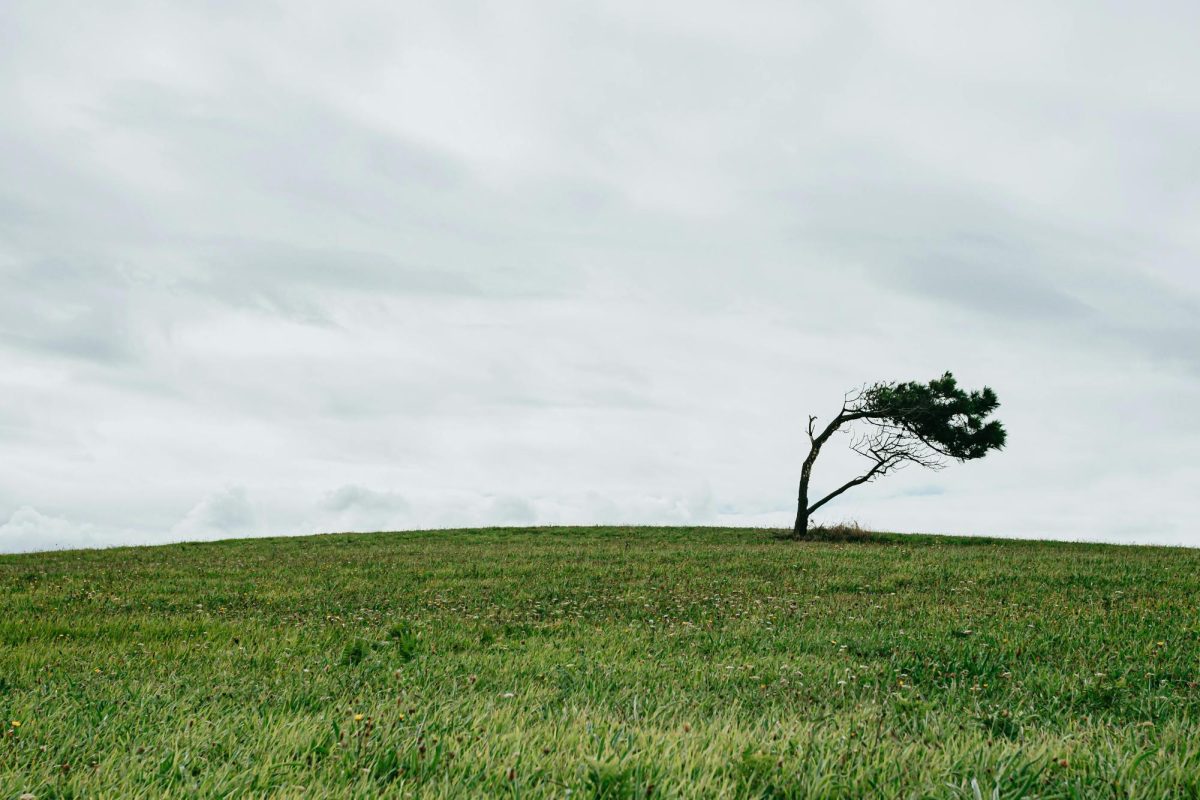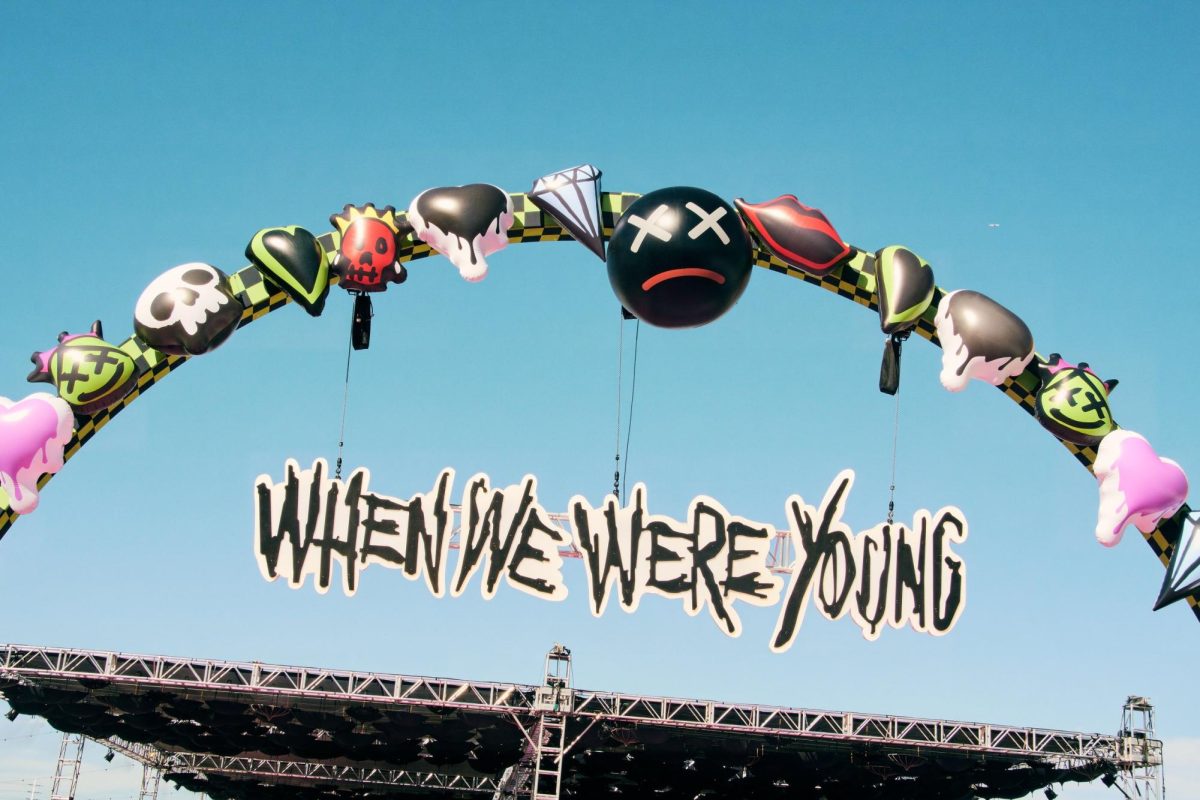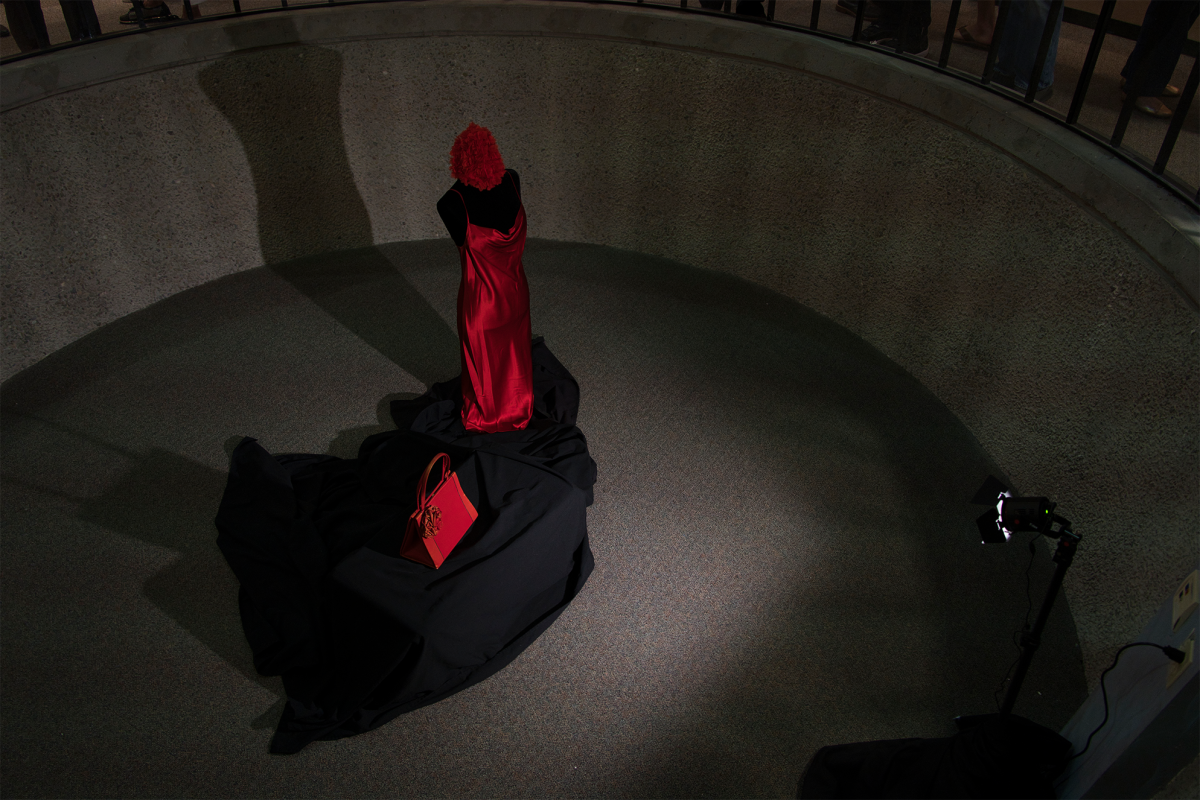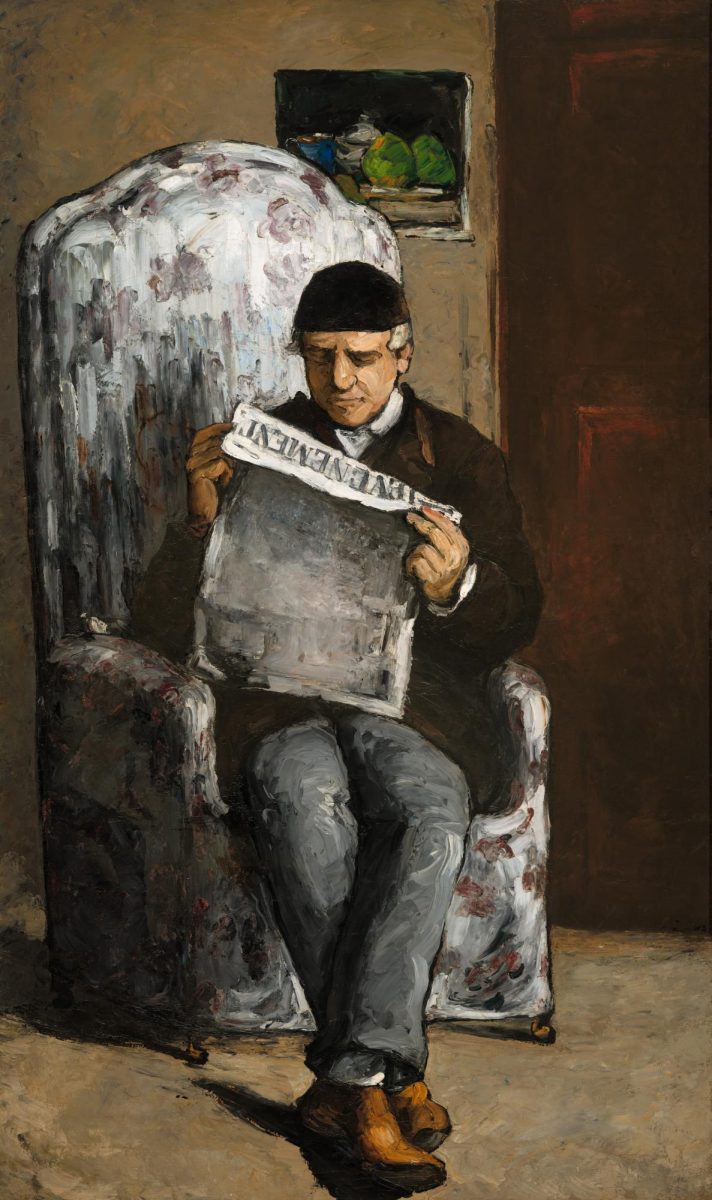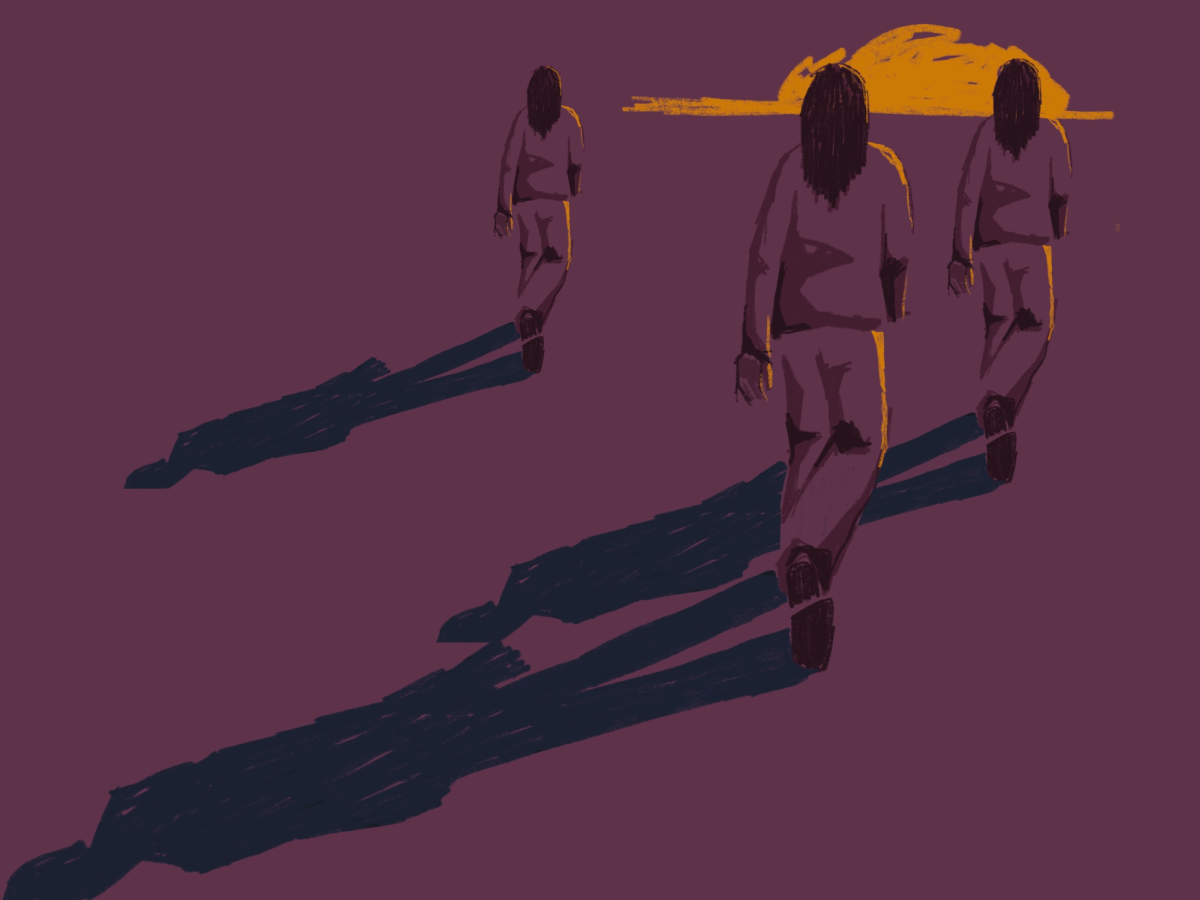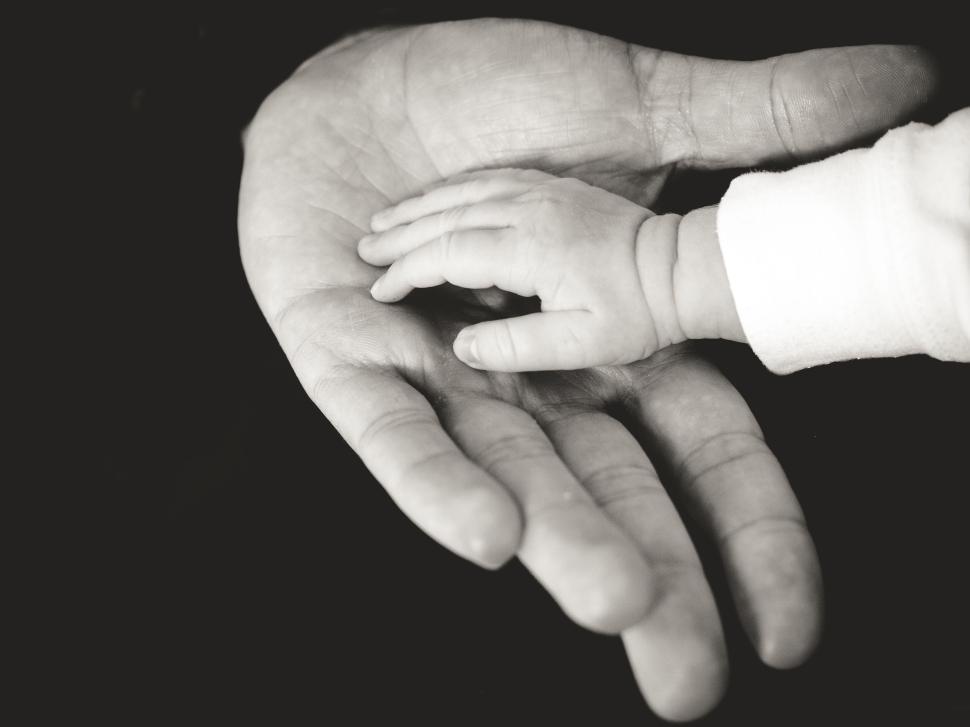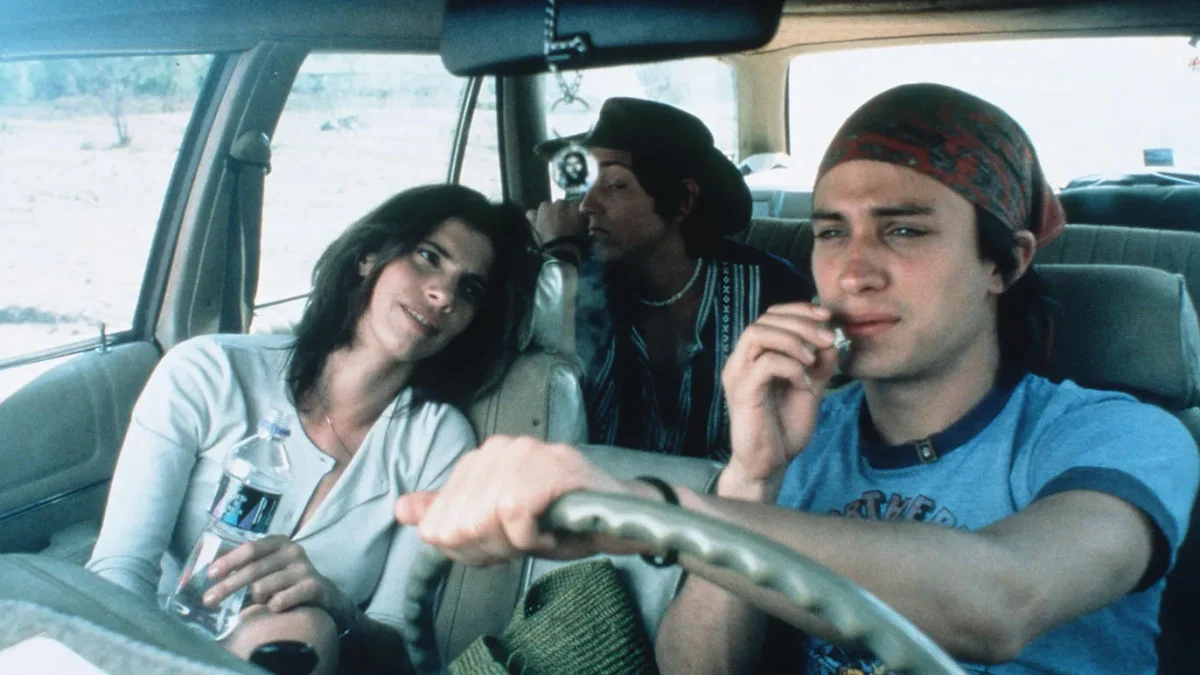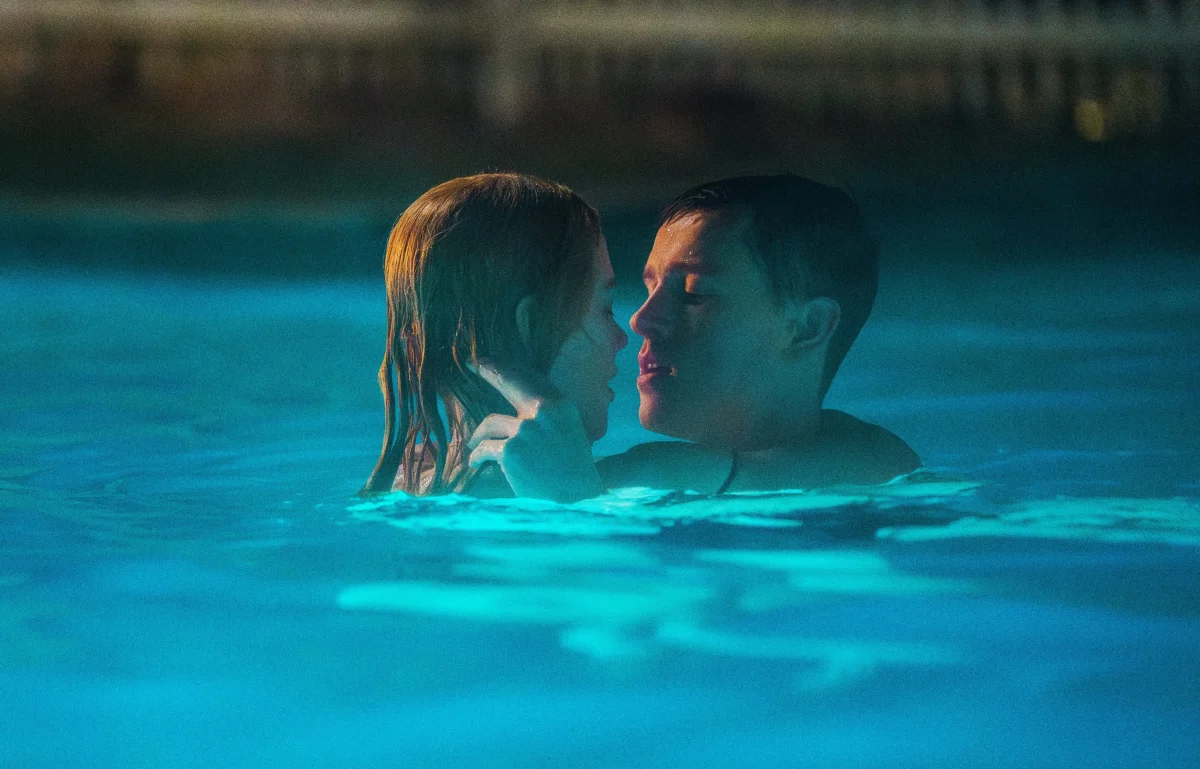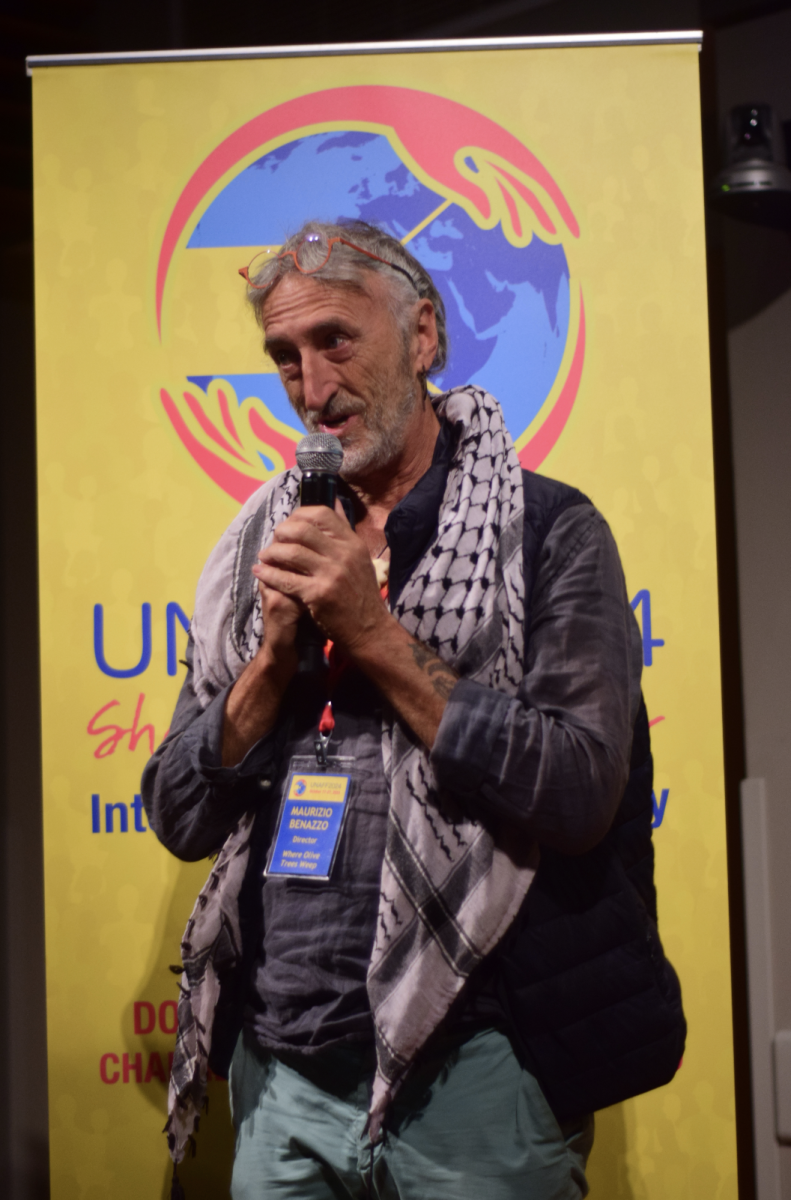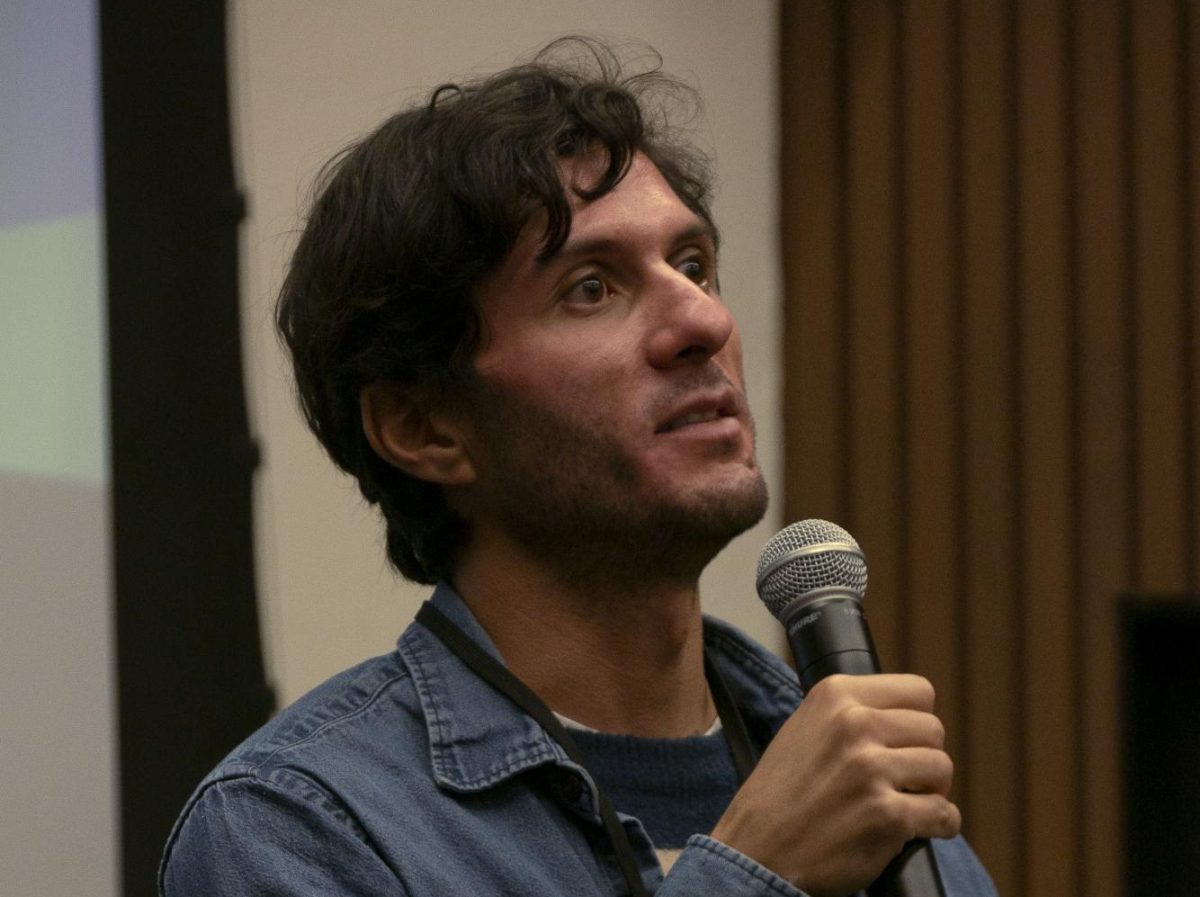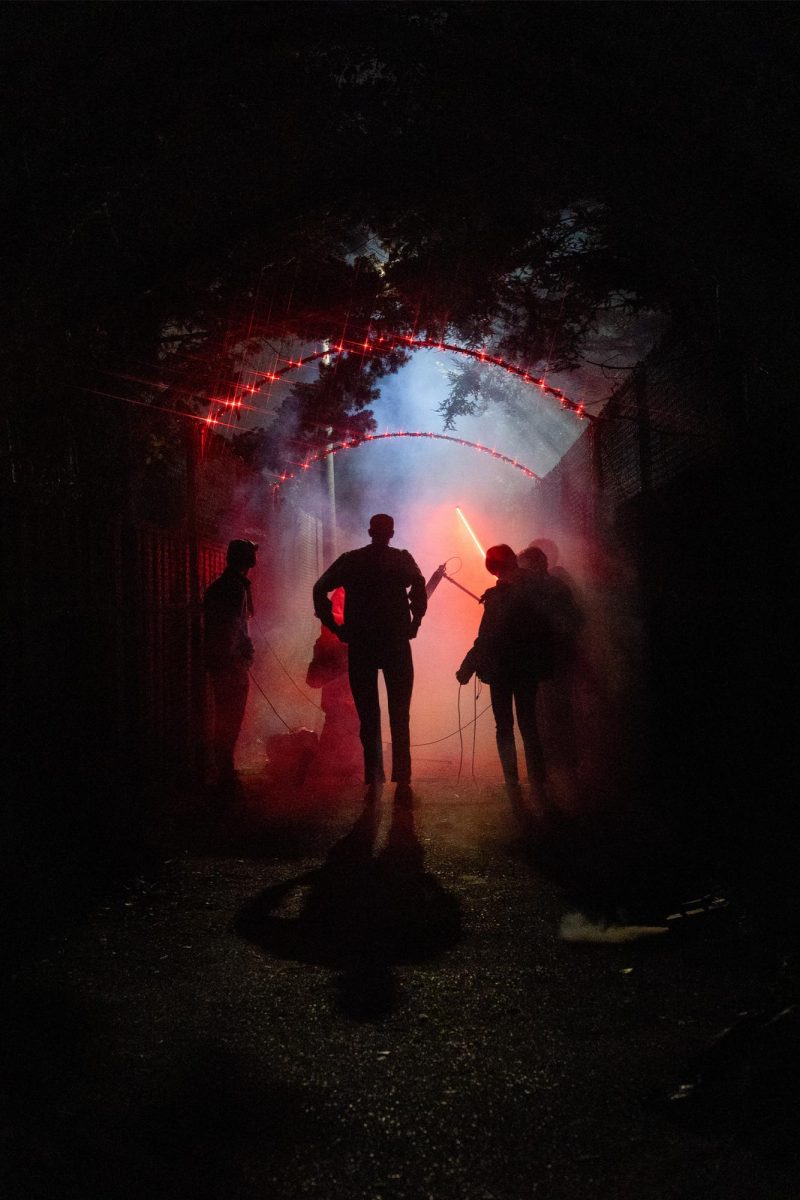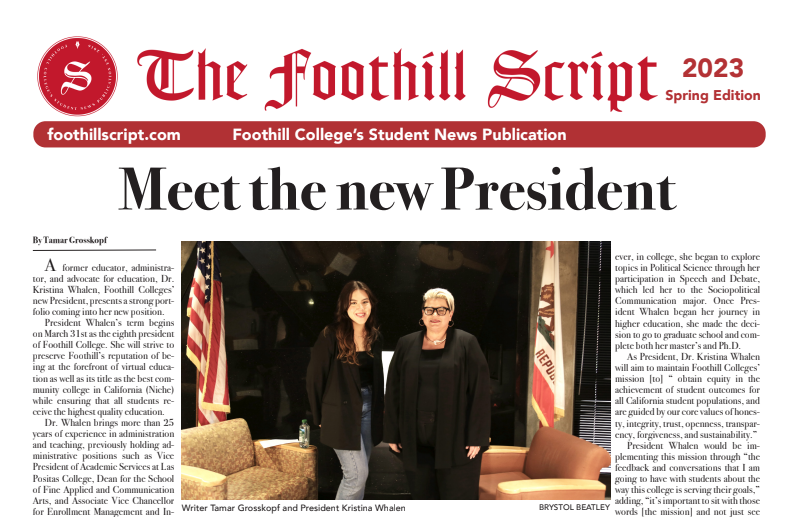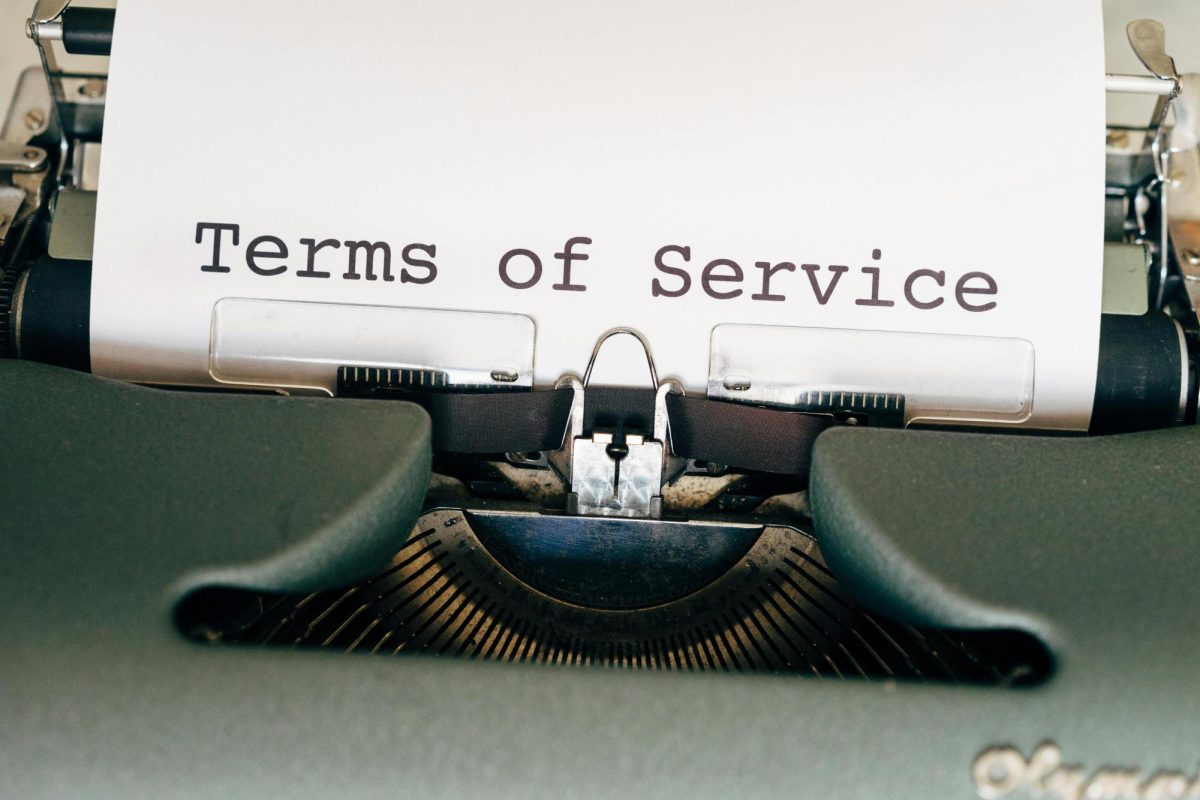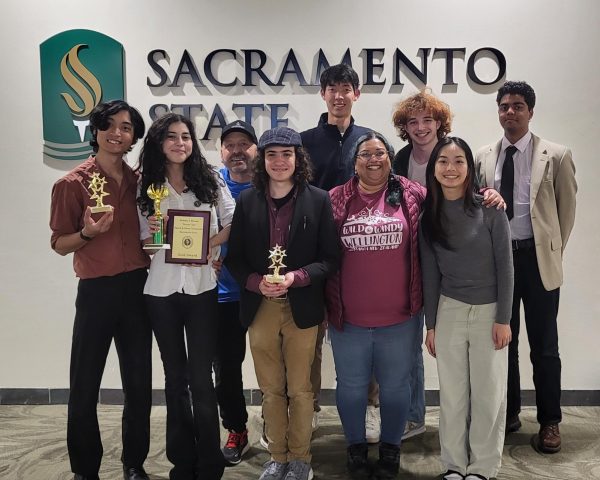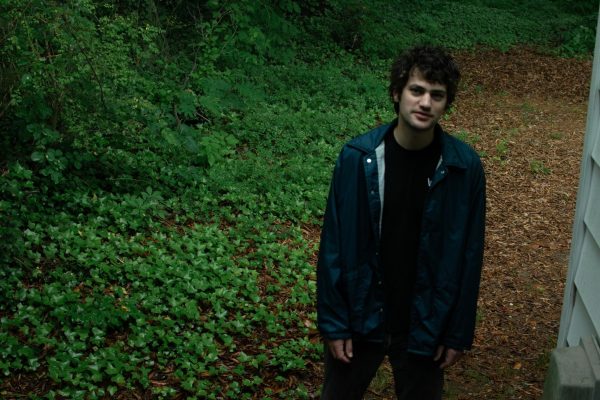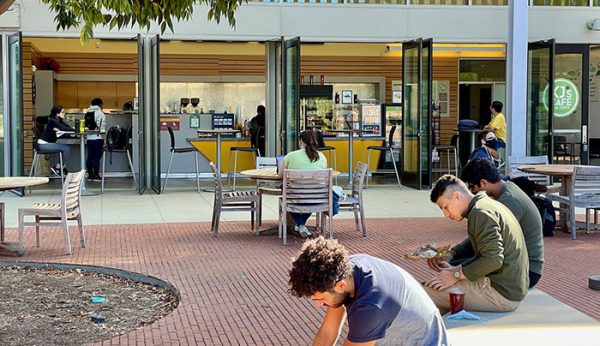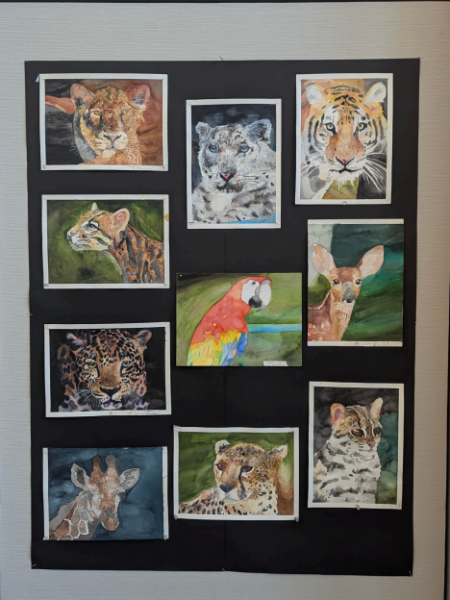Native American Heritage Month: Stereotypes and Struggle
Native American Heritage Month, which takes place every November, is coming to a close. Each year, Foothill College hosts a different variety of speakers over the course of the month. On November 16th, current student Lydia Tomeo explored the intersection of prevailing stereotypes around American Indians with the harsh economic and structural realities of their situations in the US today.
“I’m not in the history books. I’m real. I’m here,” said Tomeo, referencing how white America propagates the notion that Native Americans and their civilizations are merely a thing of the past — like pilgrims or covered wagons — through schooling and popular culture.
Tomeo is what is referred to as an urban Indian — she does not live on a reservation. Her cultural heritage, though, lies with the Confederated Tribes of the Colville Reservation in Washington State. The tribes were originally nomadic, Tomeo explained, meaning they are not native to the land on which their reservation was established; this land was assigned to them by the U.S. government.

The economic situations of many such reservations are extremely grim — the Sioux Standing Rock Reservation, for example, had a poverty rate of 43% as of 2012.
“[The reservation] is not a place that natives want to be. … [On reservations,] we die emotionally. … We start giving up, we stop caring.” Tomeo expressed.
“This is kind of the reality behind the ‘drunk Indian’ [stereotype],” Tomeo continued, displaying a photo of a figure slouched on the side of a rode in a barren, decrepit neighborhood. “there’s almost nothing here. … These people aren’t happy. … [They live in] the middle of nowhere.”
Despite the harsh conditions at reservations, there exists a certain stigma around leaving.
“By moving away from our reservation, it kind of made us ‘other.’ … If you don’t live on the reservation, you don’t know the struggle.”
The United States government, in addition to assigning Natives to bleak reservations, historically and presently abuses Native land for costly and often dangerous projects — such as the Dakota Access Pipeline.
Even rousing efforts on the part of Native Americans to resist projects like these are met with reductive stereotypes. Tomeo displayed an image of what she described as the quintessentially “majestic noble Indian” from the Standing Rock demonstrations.
According to Tomeo, “This [perception of Native Americans] is true, but it’s also kind of bullshit. … This isn’t how most of us view ourselves. … This image invokes fear; it invokes anger. … This could be my uncle; my older cousins; my grandfather [putting themselves in danger.]”
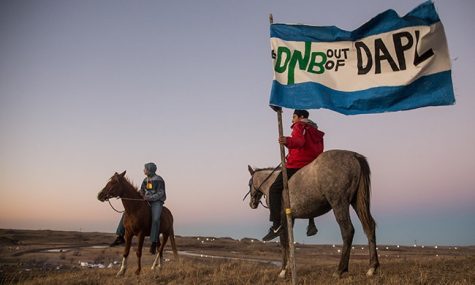
The feelings evoked by the photograph — corroborated by the trend of native protesters’ safety being compromised — bring about the sense that, as phrased by Tomeo, “If you’re not white, then you’re not safe.”
Stereotypes about Native Americans and their culture — whether derogatory (like the “drunk Indian”) or reverent (“like the “majestic noble Indian”) — are unilaterally harmful. In turning Native American culture into one-dimensional tidbits like these, Native Americans are dehumanized, a vast amount of understanding and empathy is lost, and white America allows itself to further deny the presence of Native Americans’ struggles and efforts today.
“It’s kind of shitty to be Native, but at the same time, we’re trying to find ways to be happy again, … to be better for the next generation. … It’s dirty, it’s ugly, it’s not pleasant, but like everything else, we’re trying to preserve something.”





